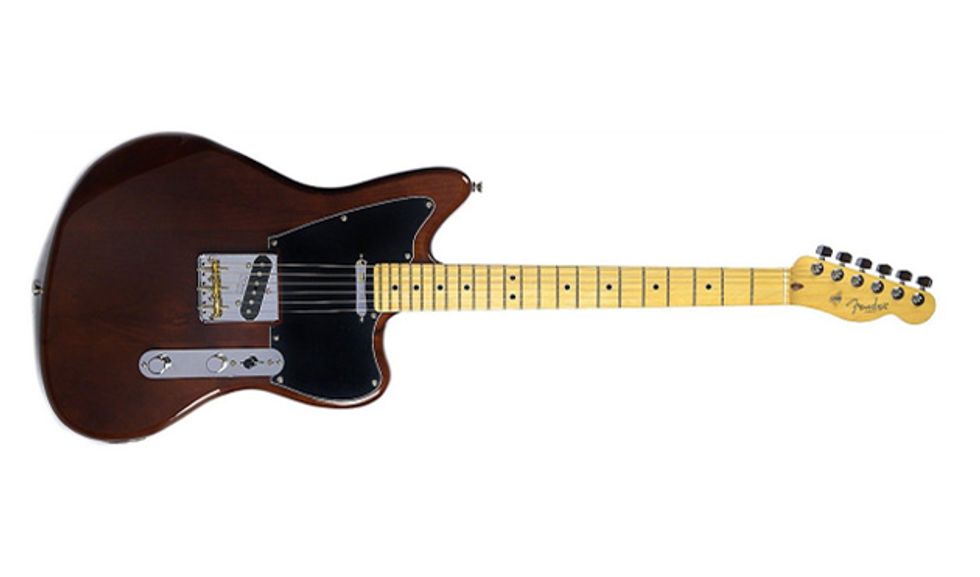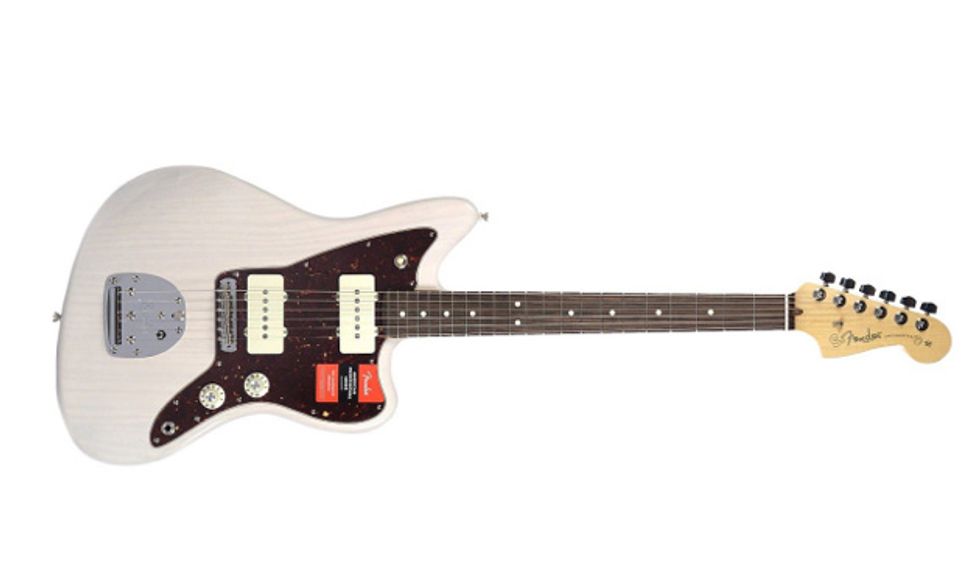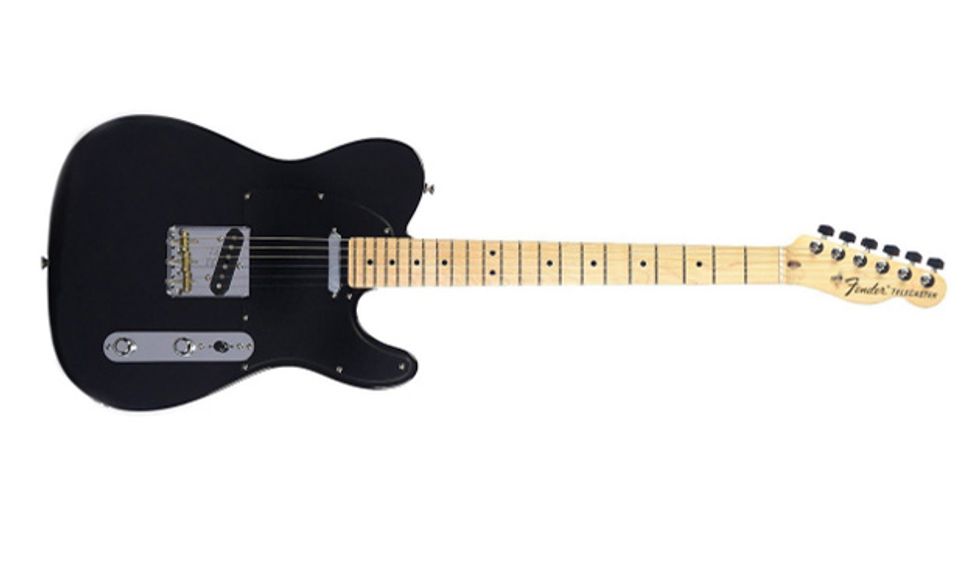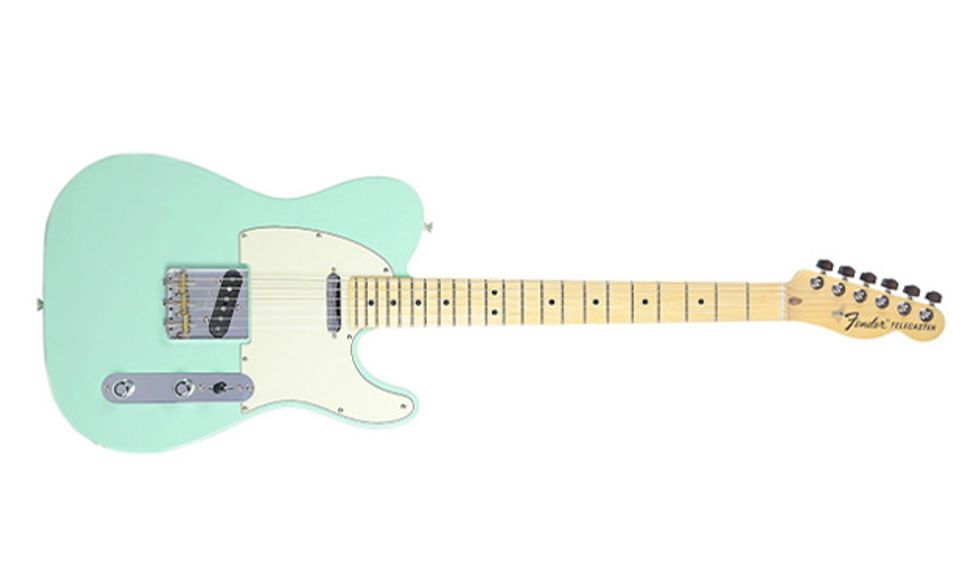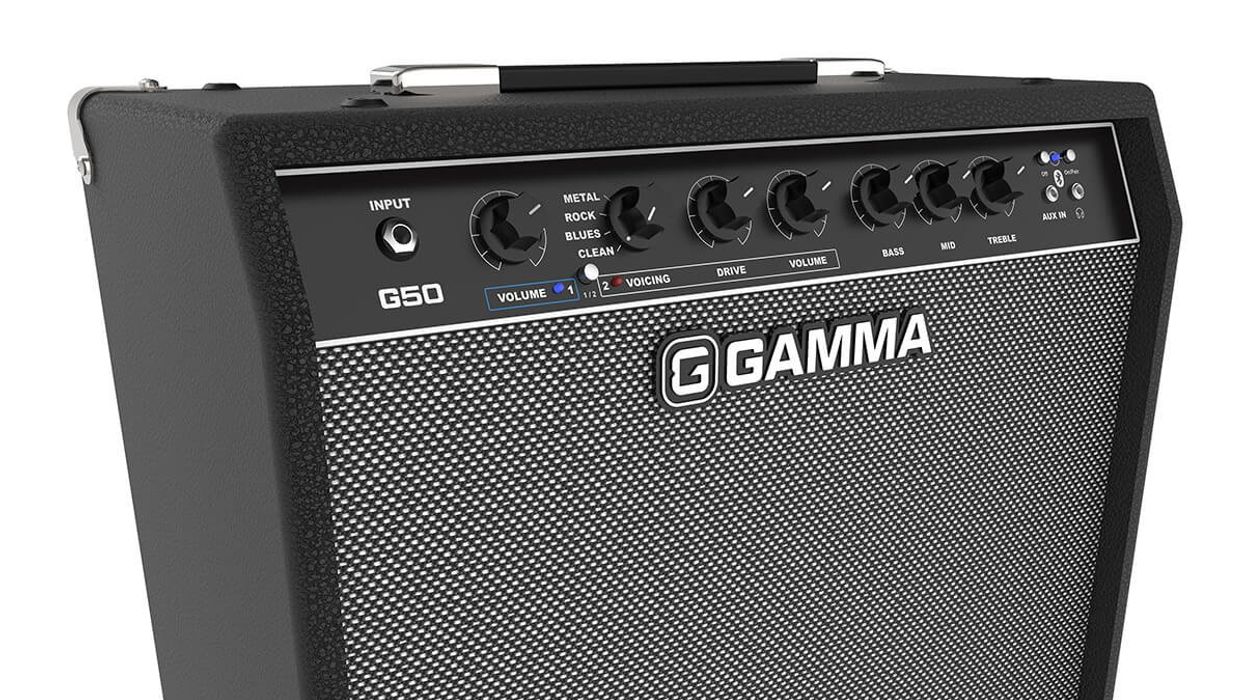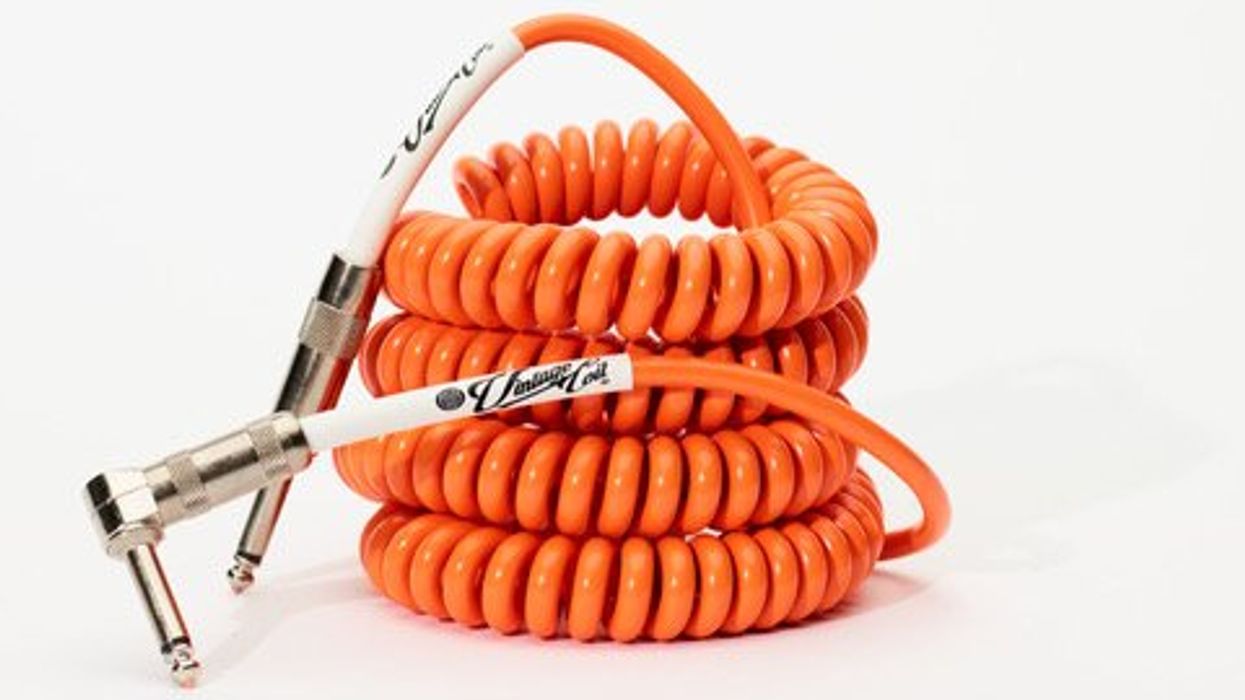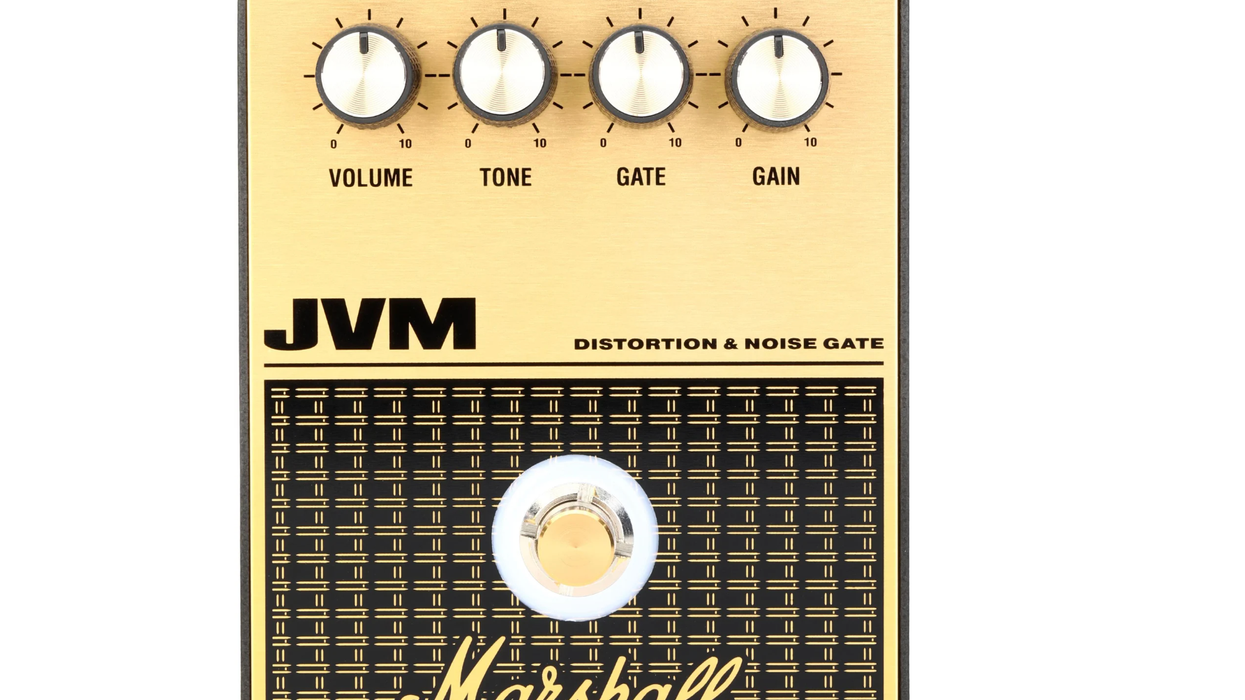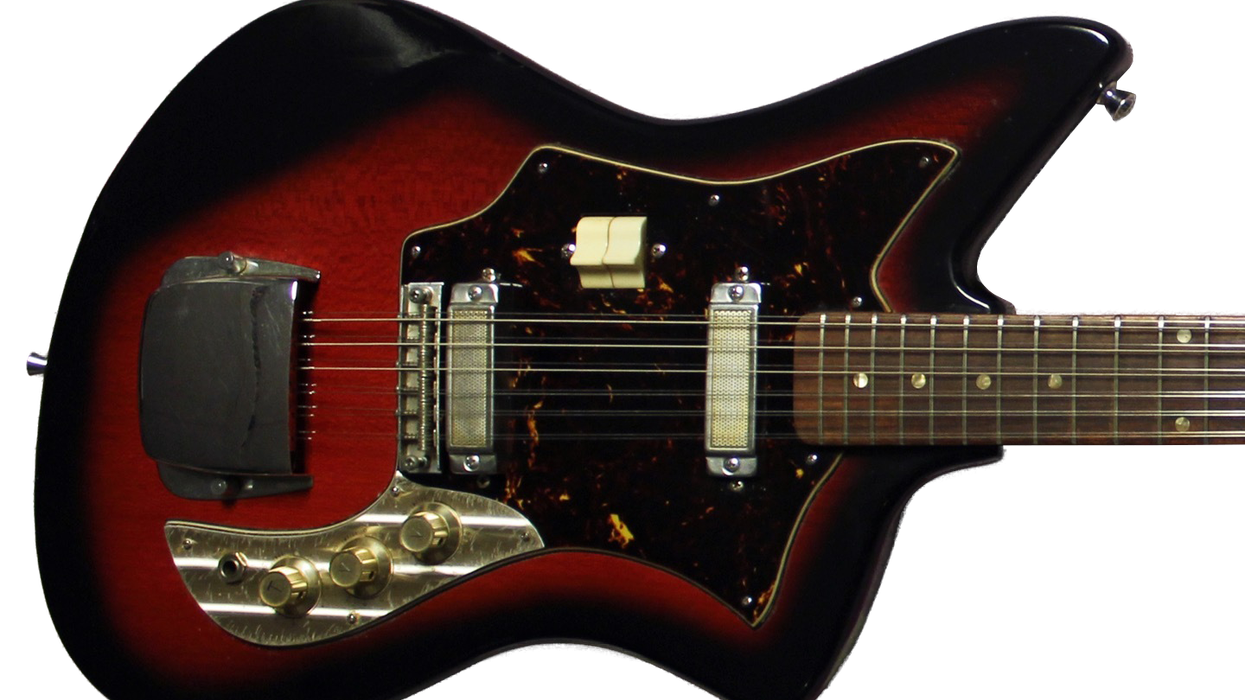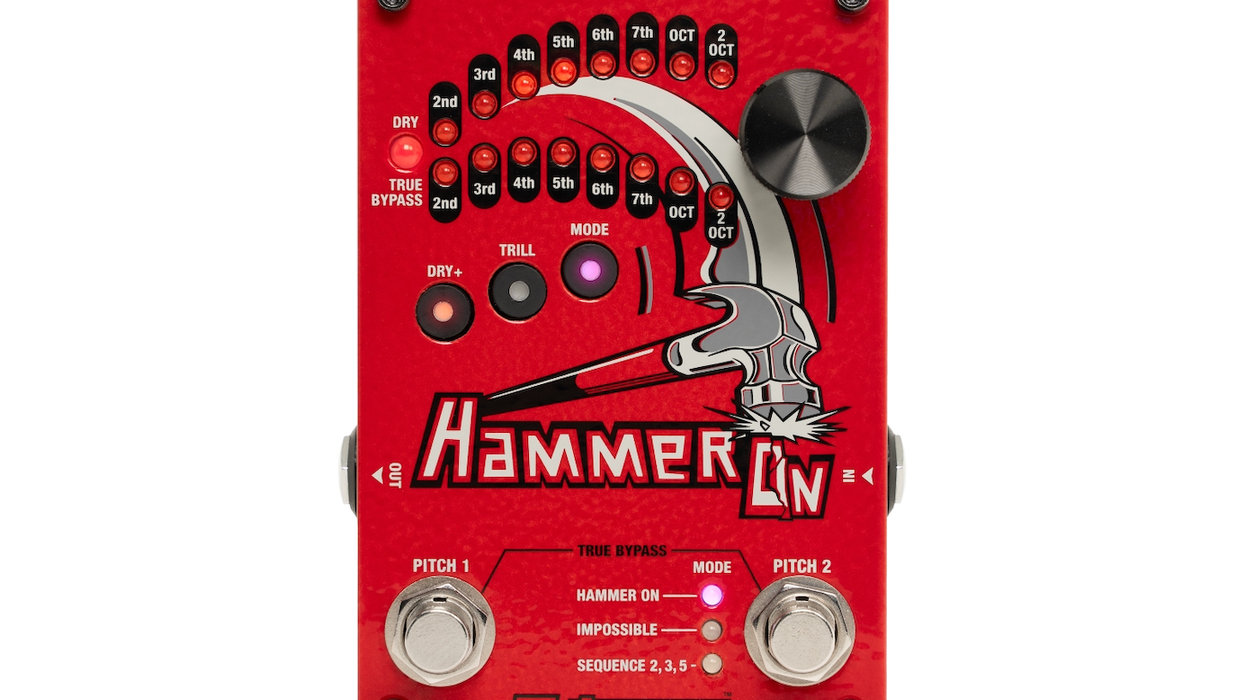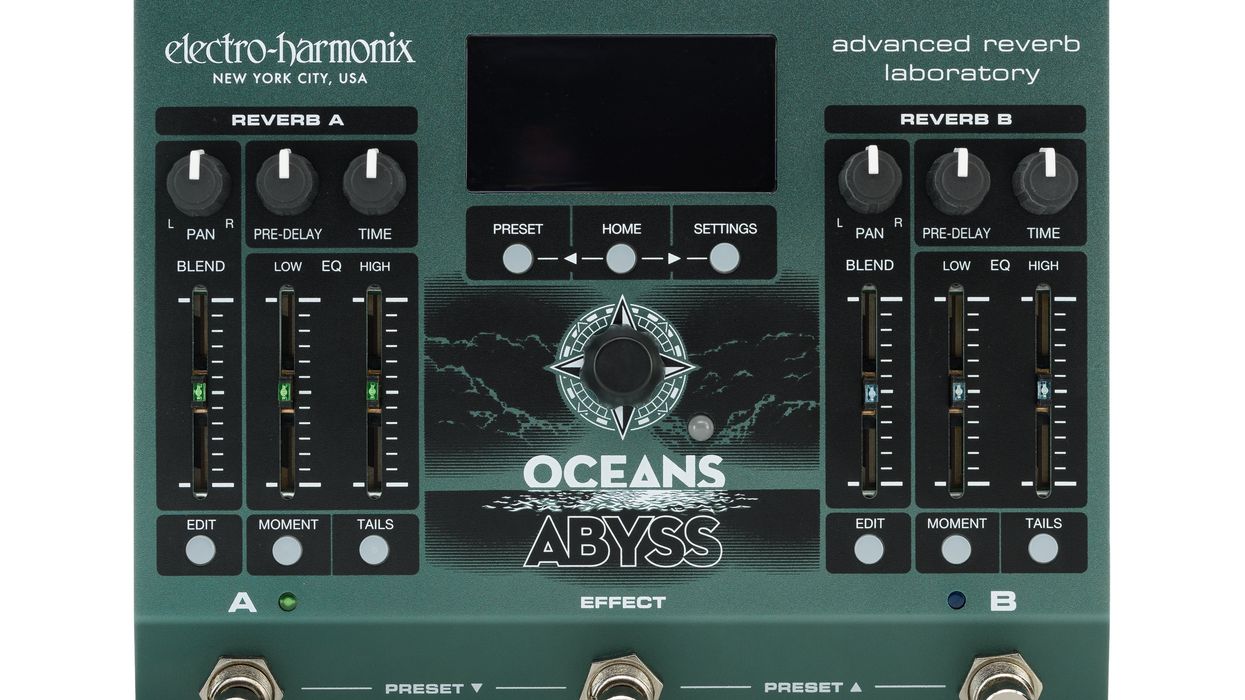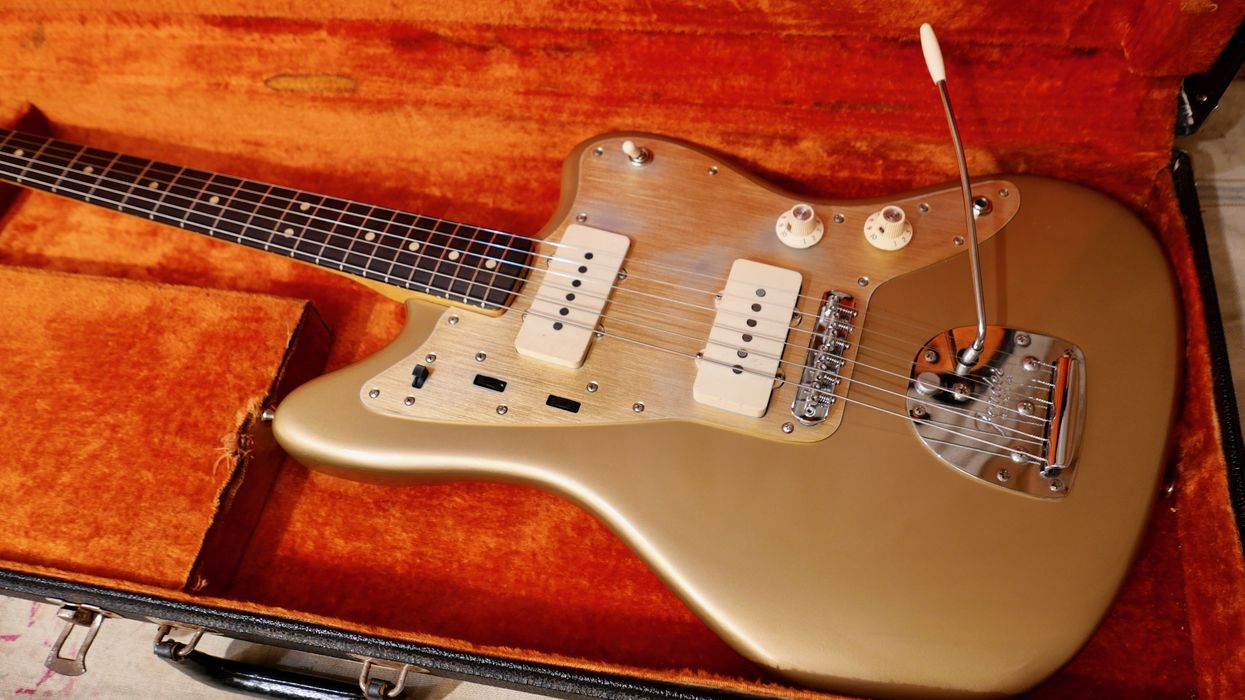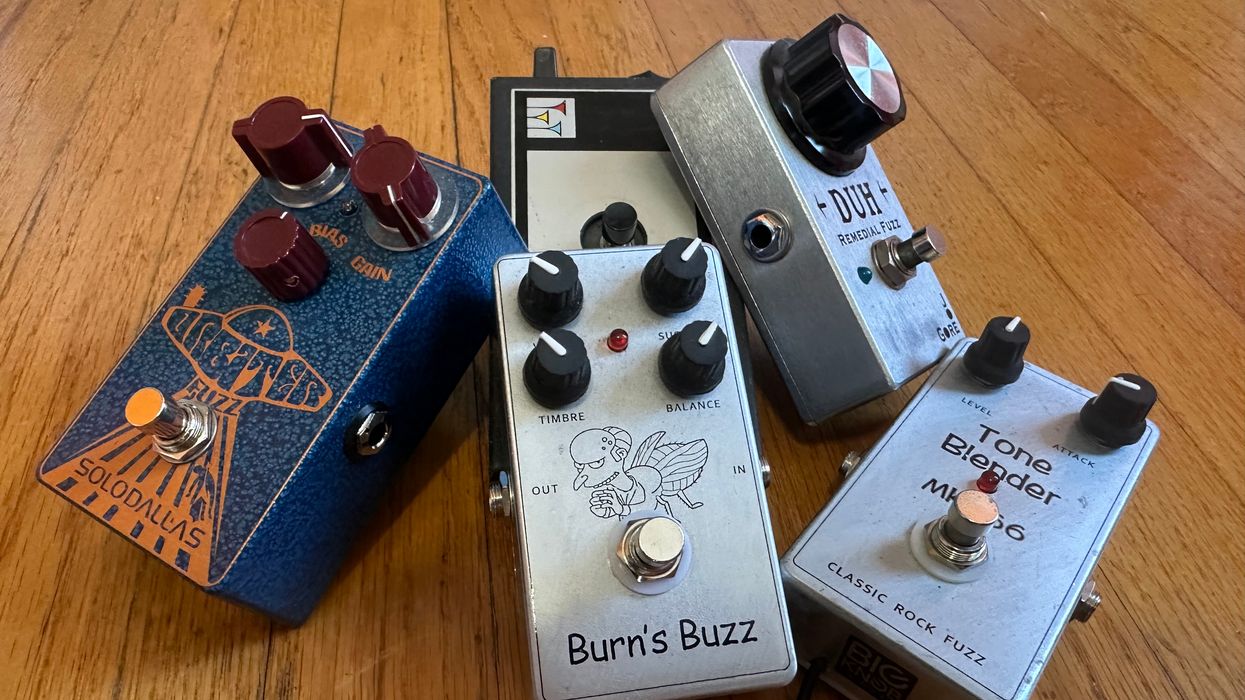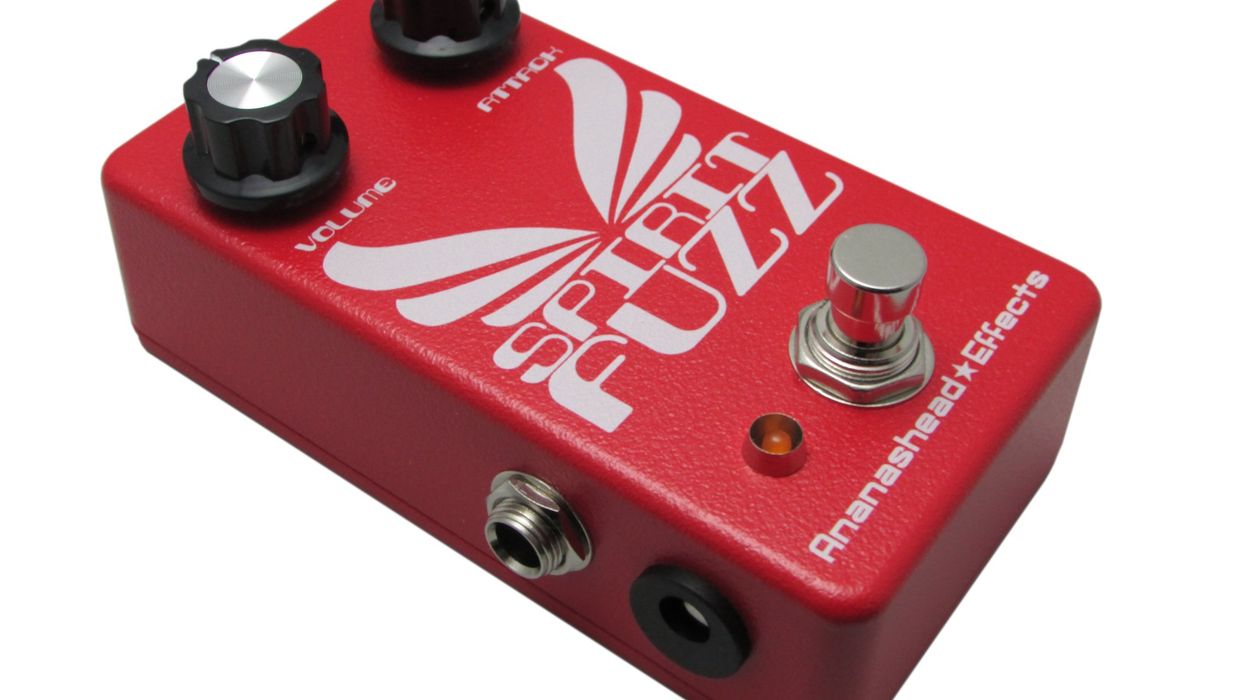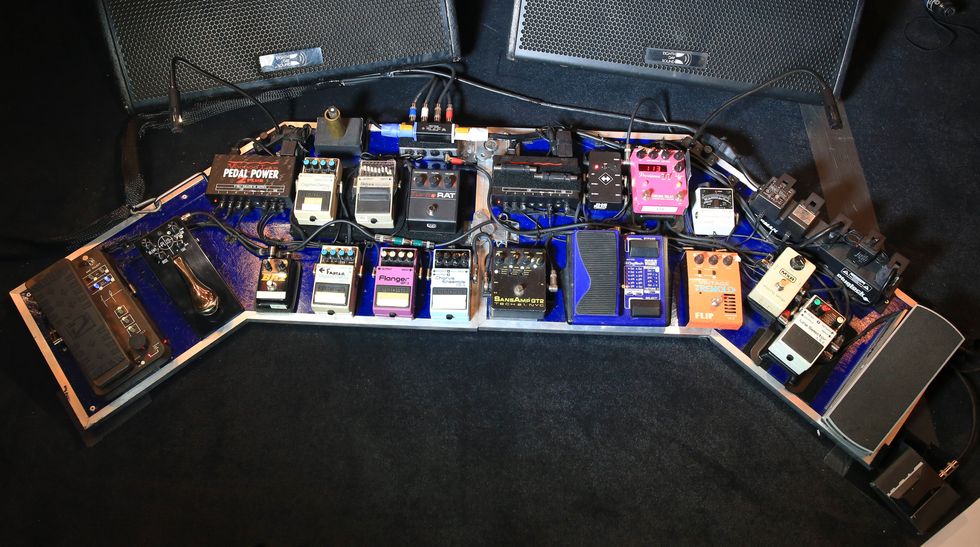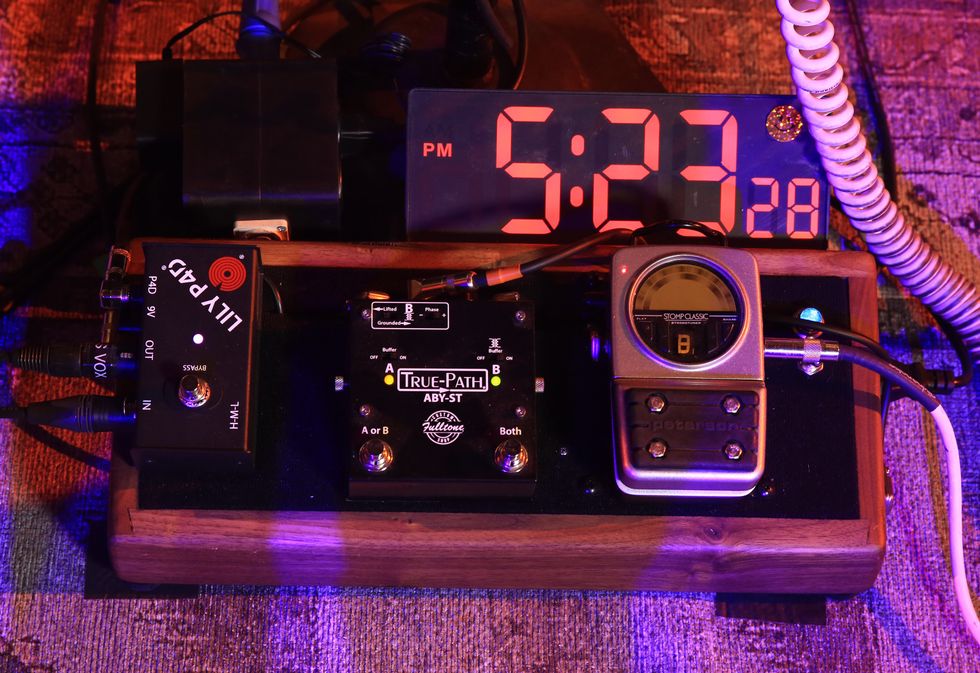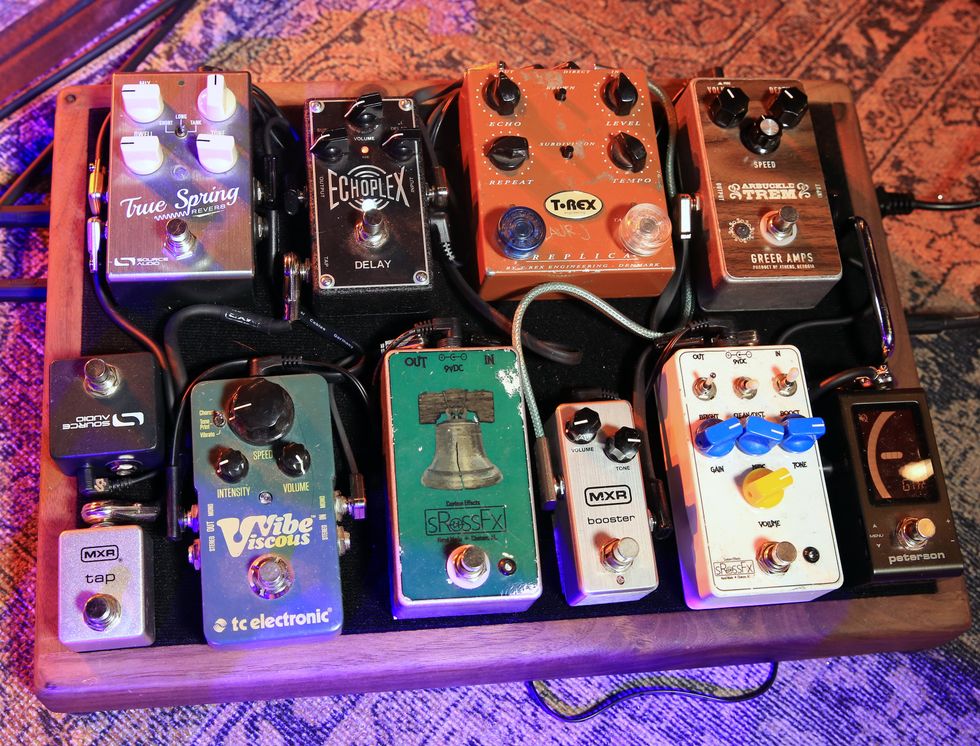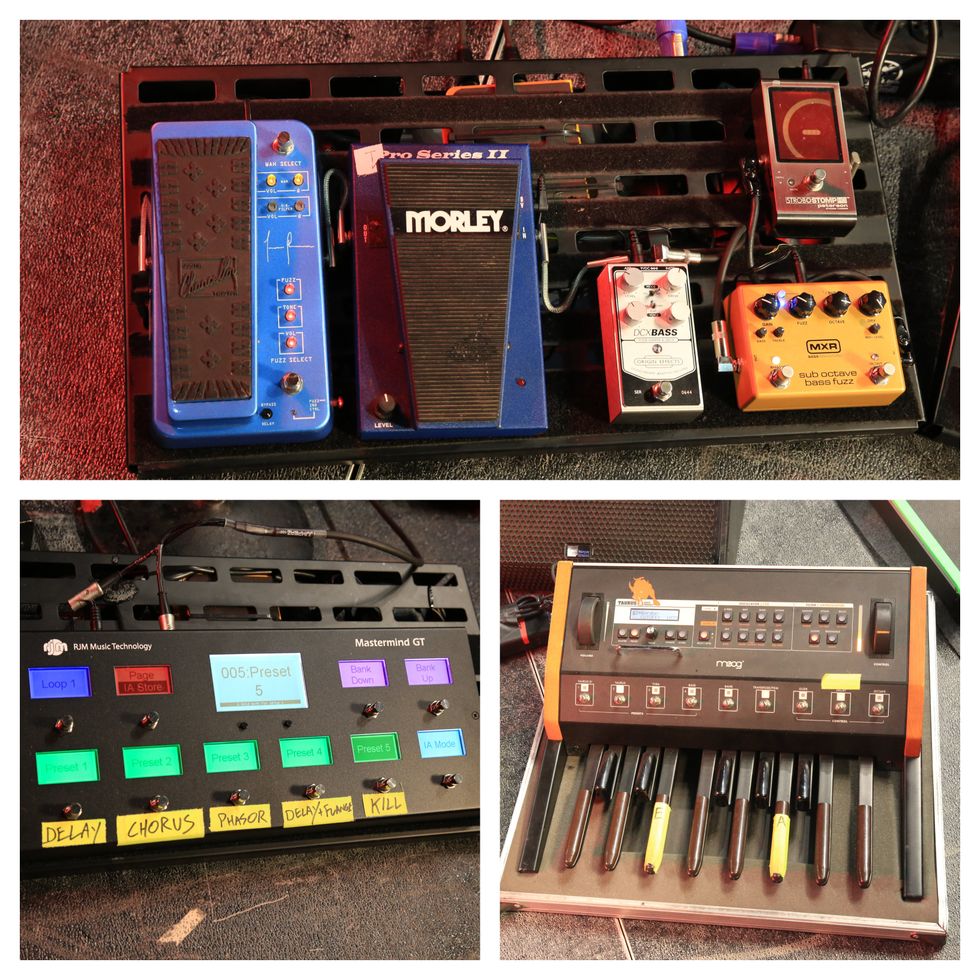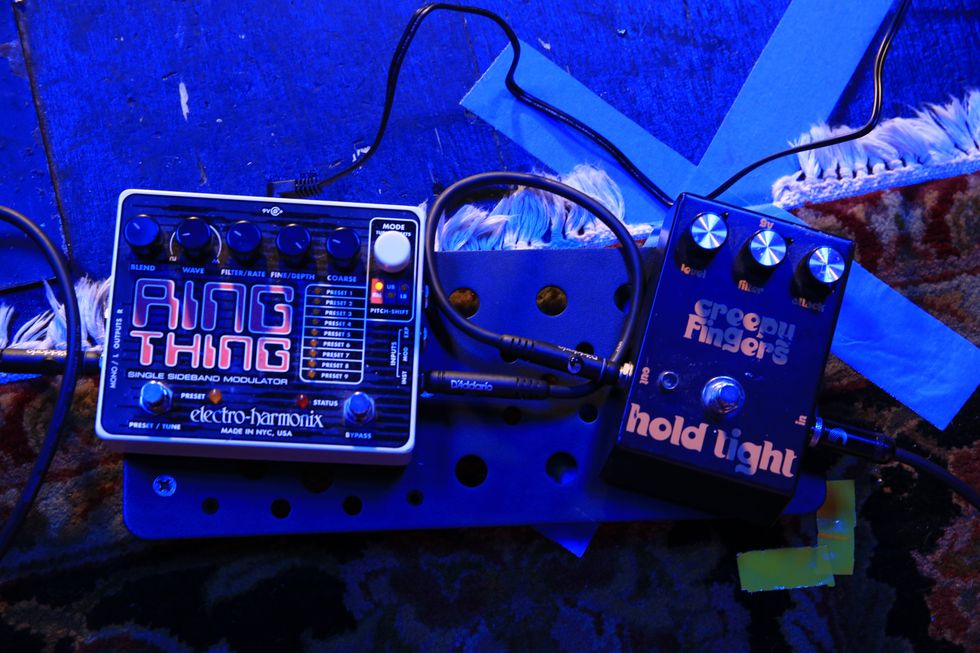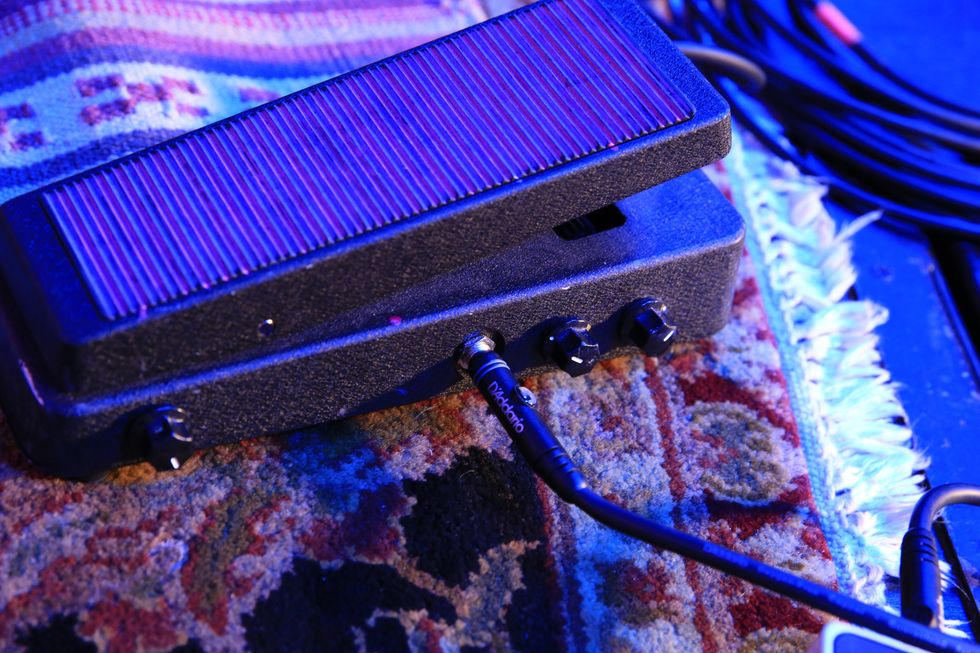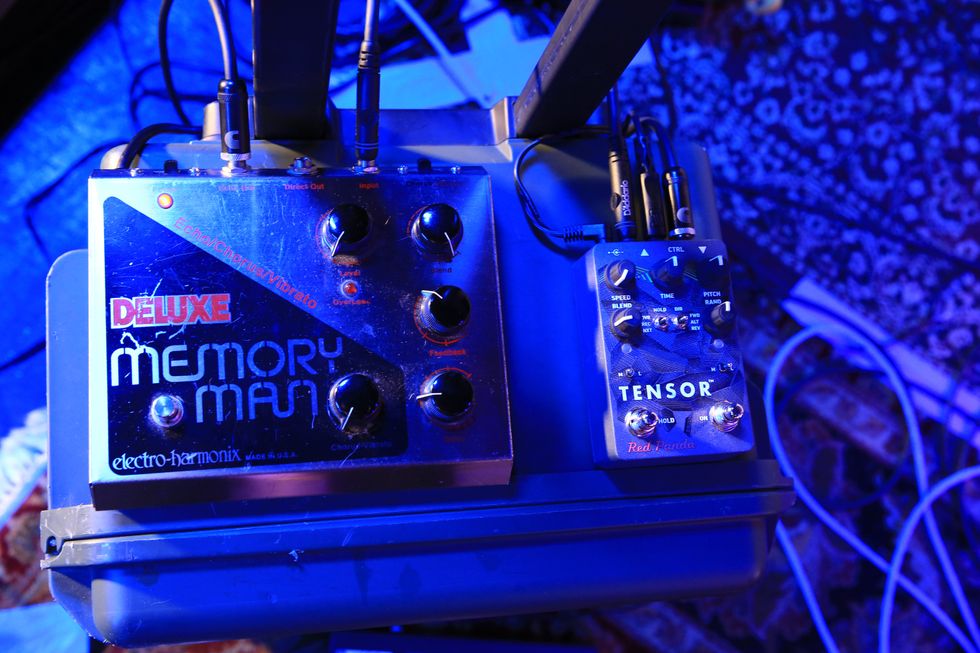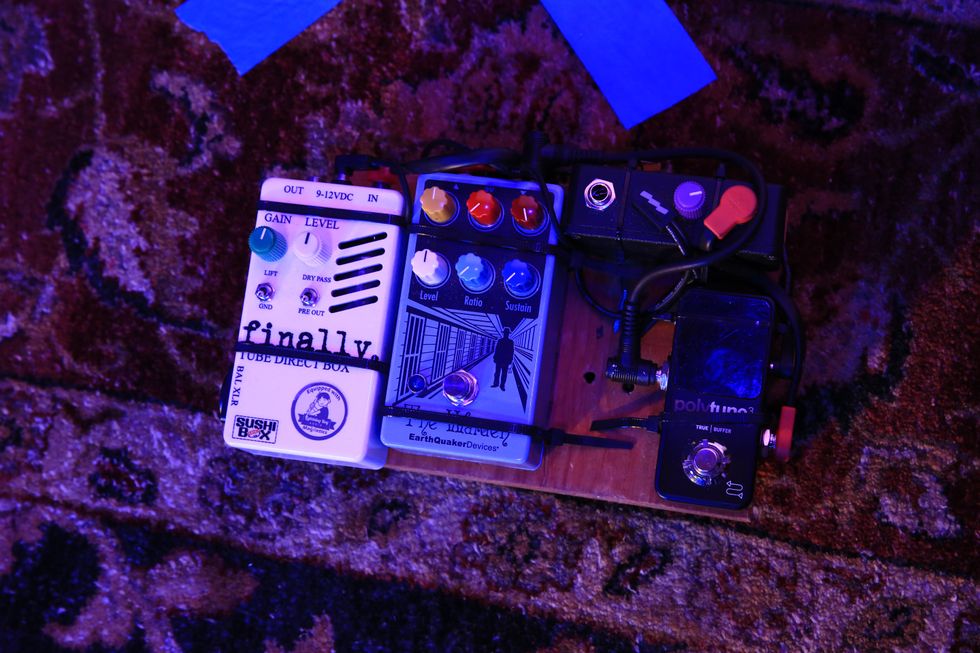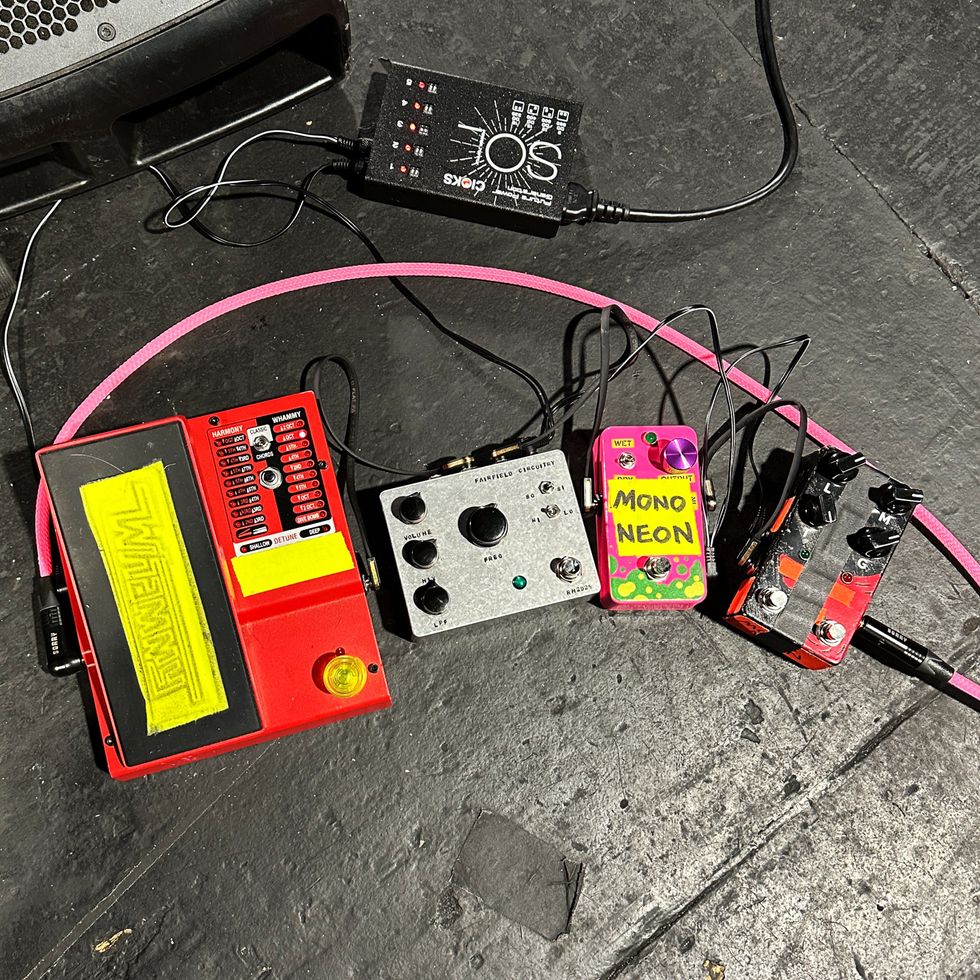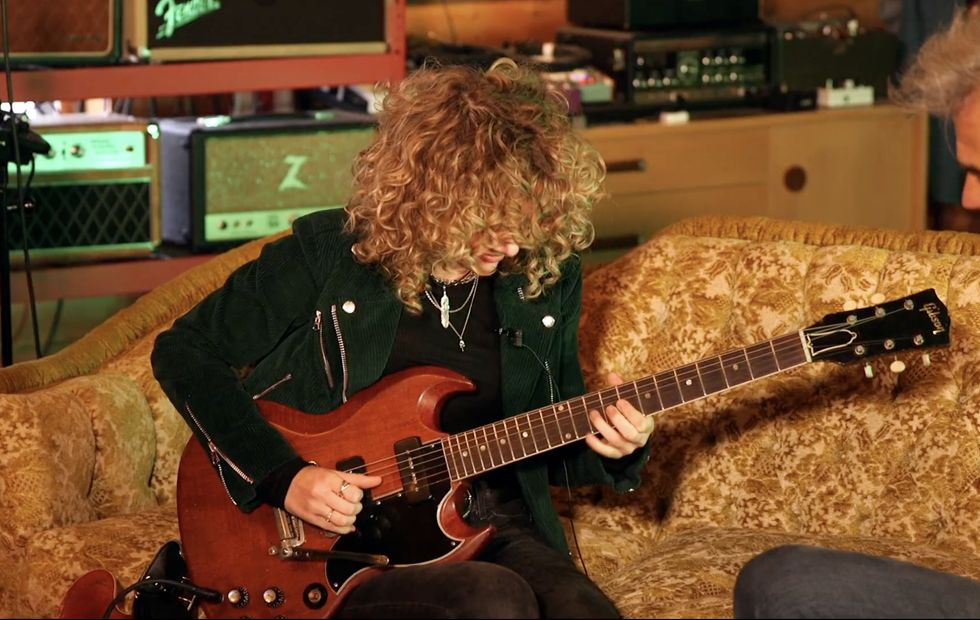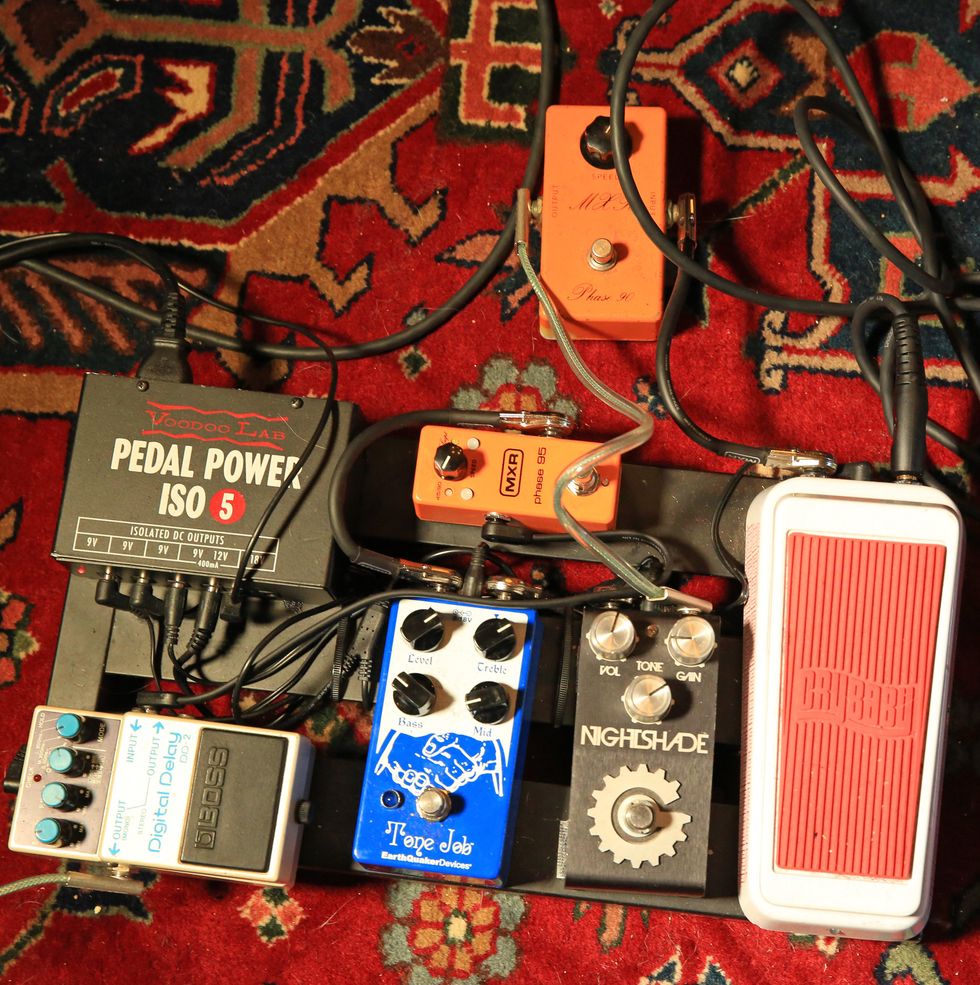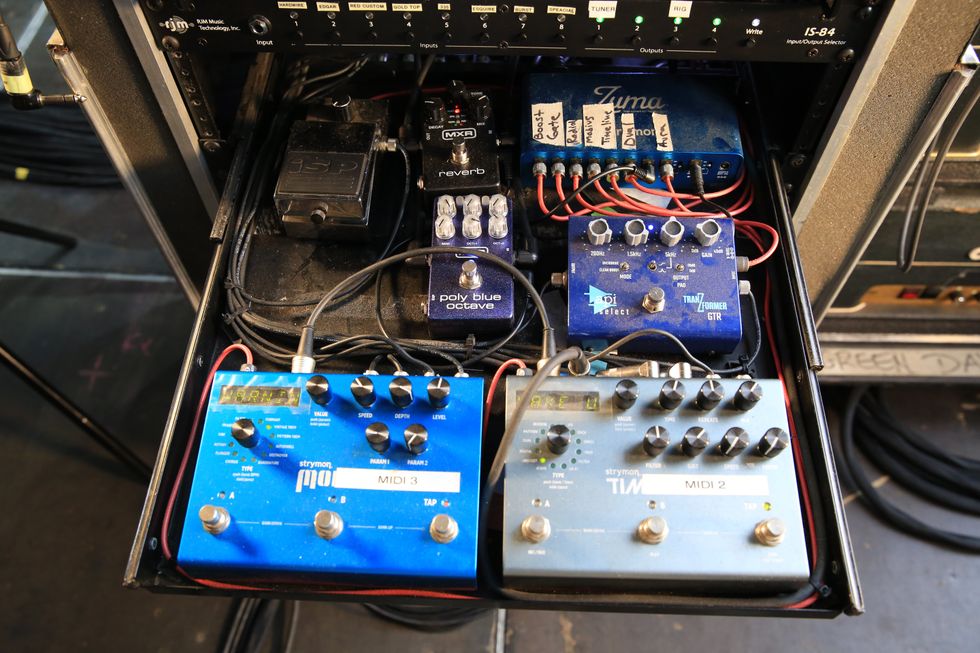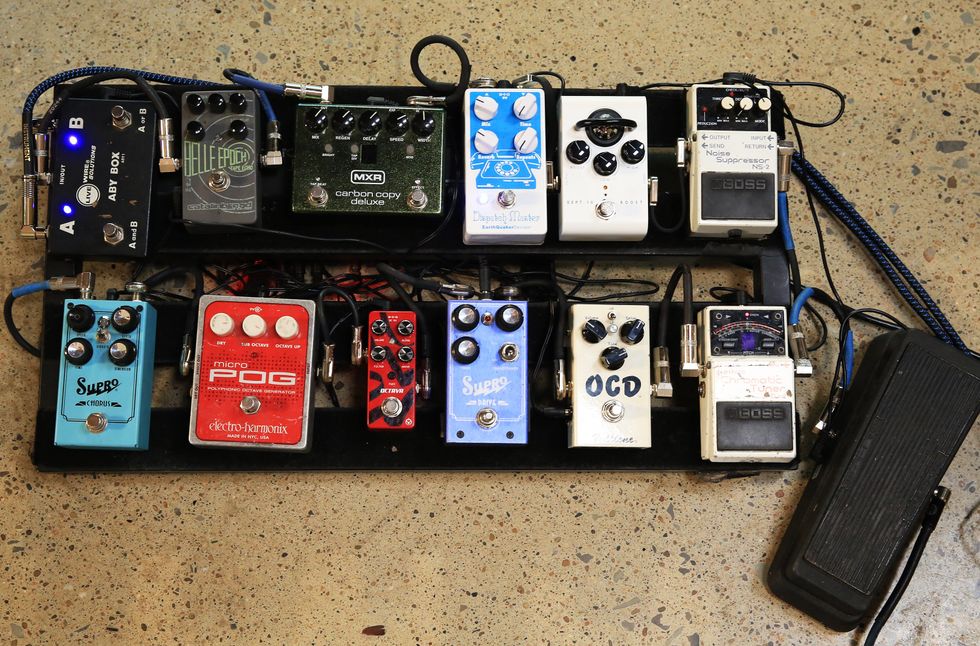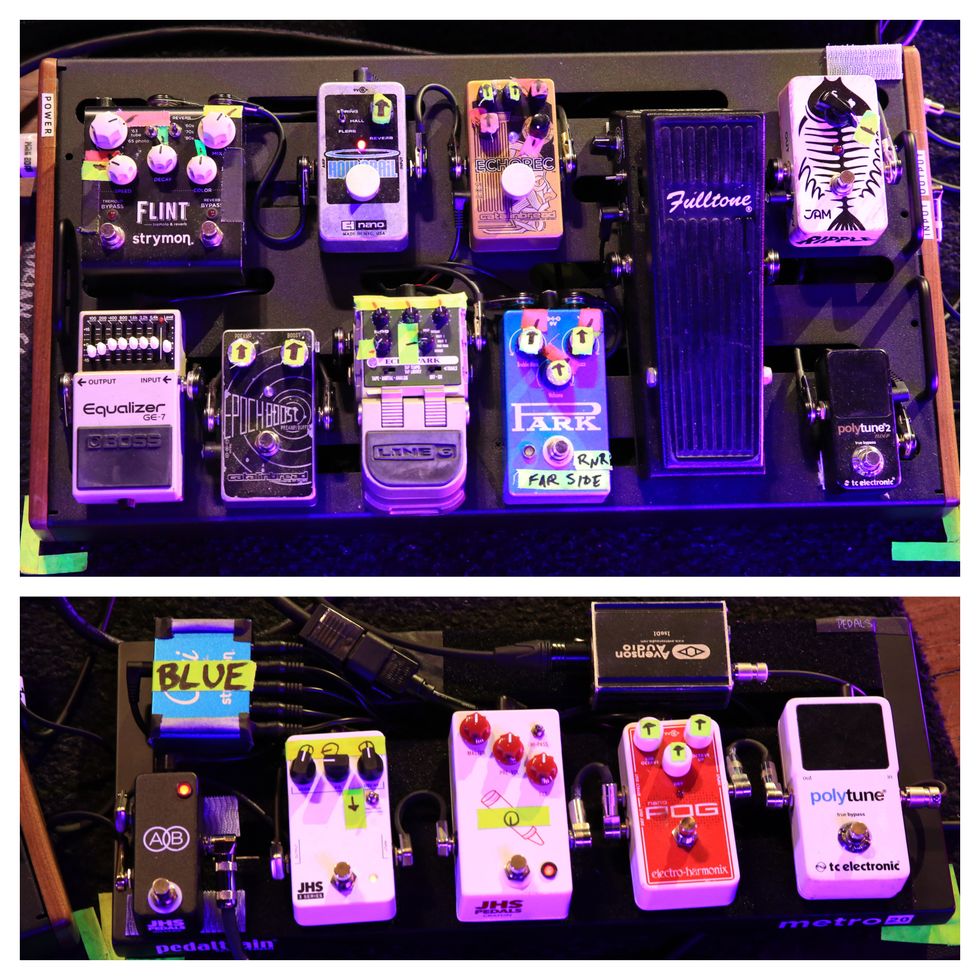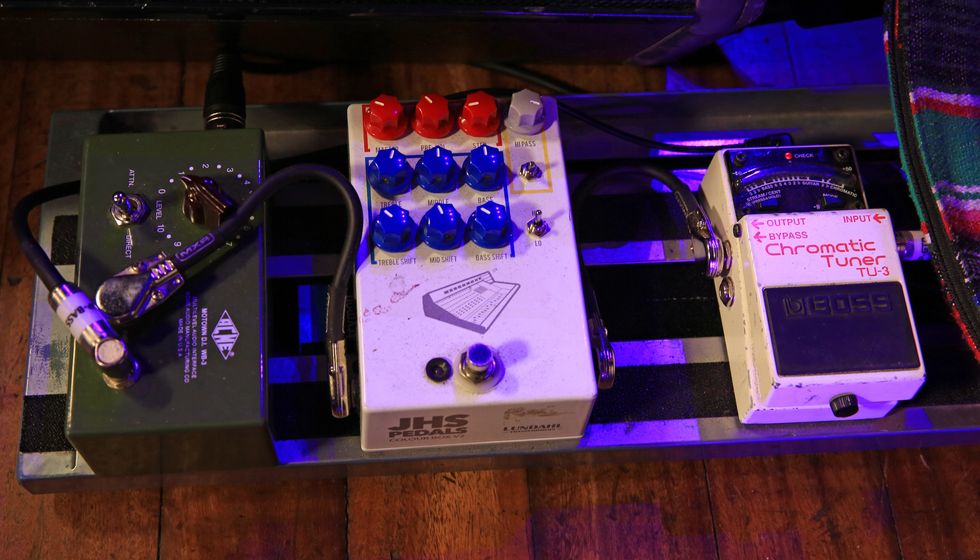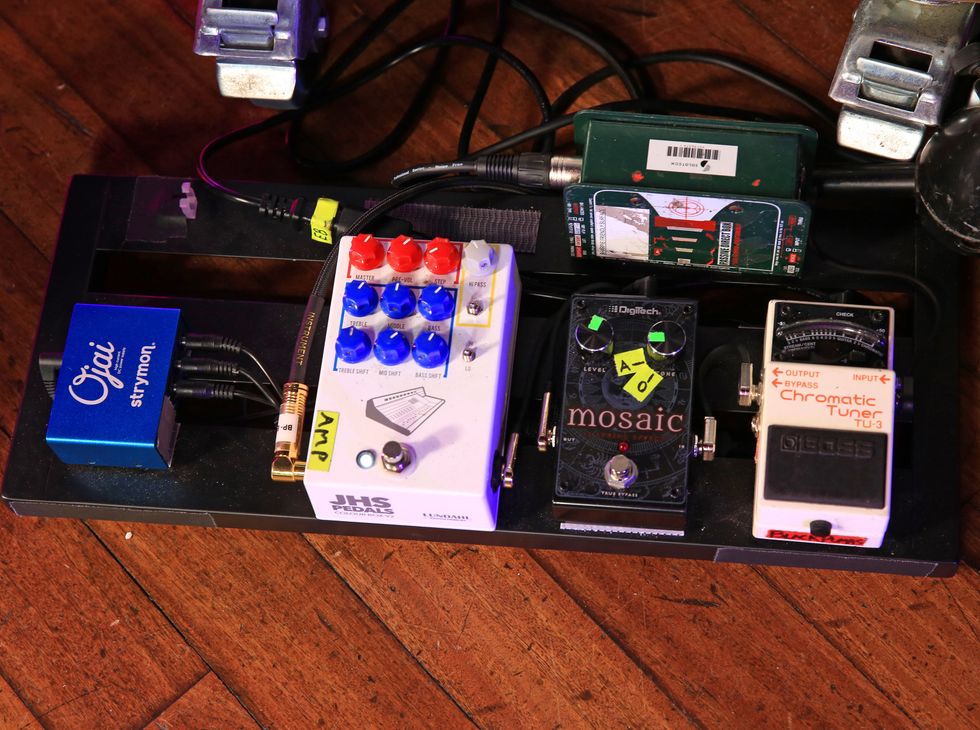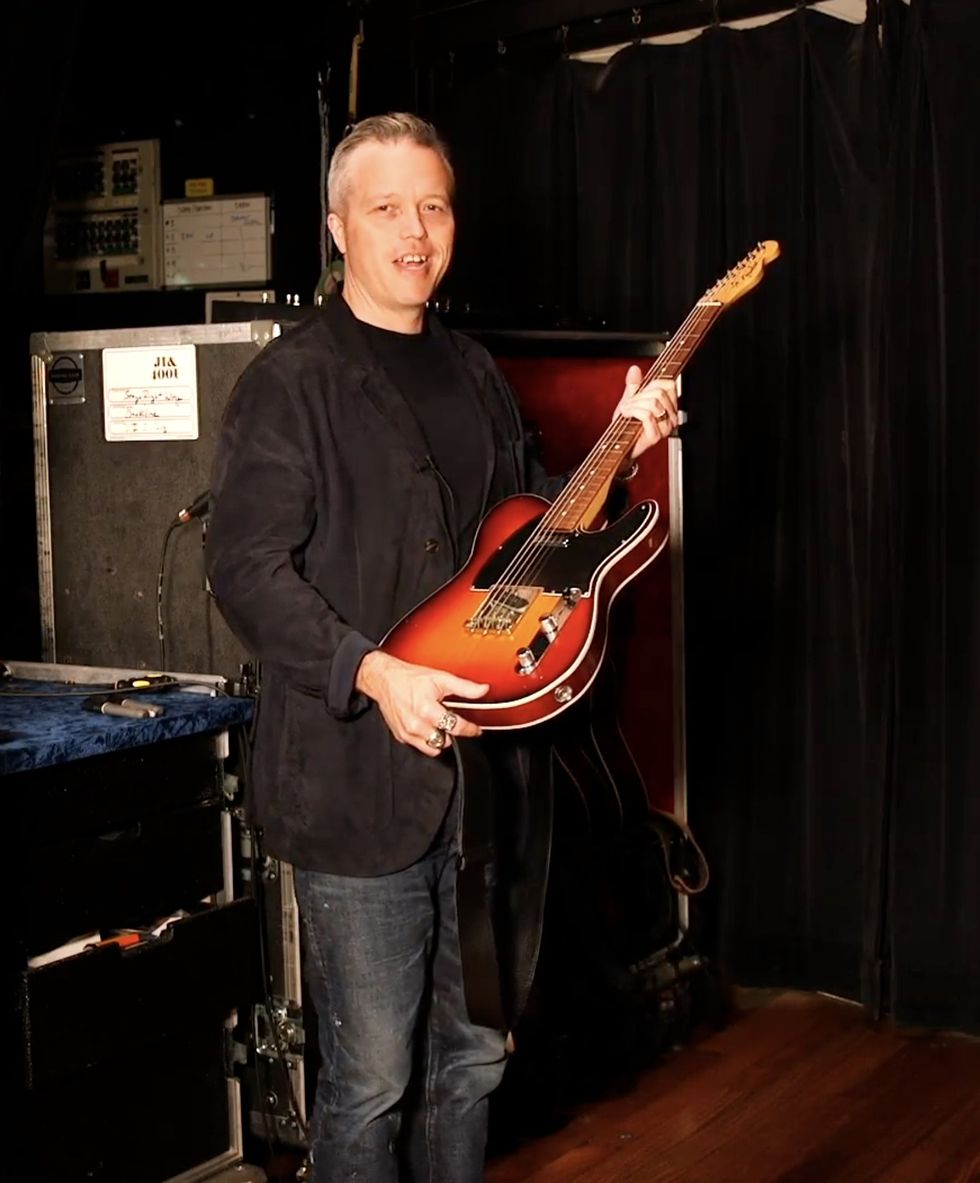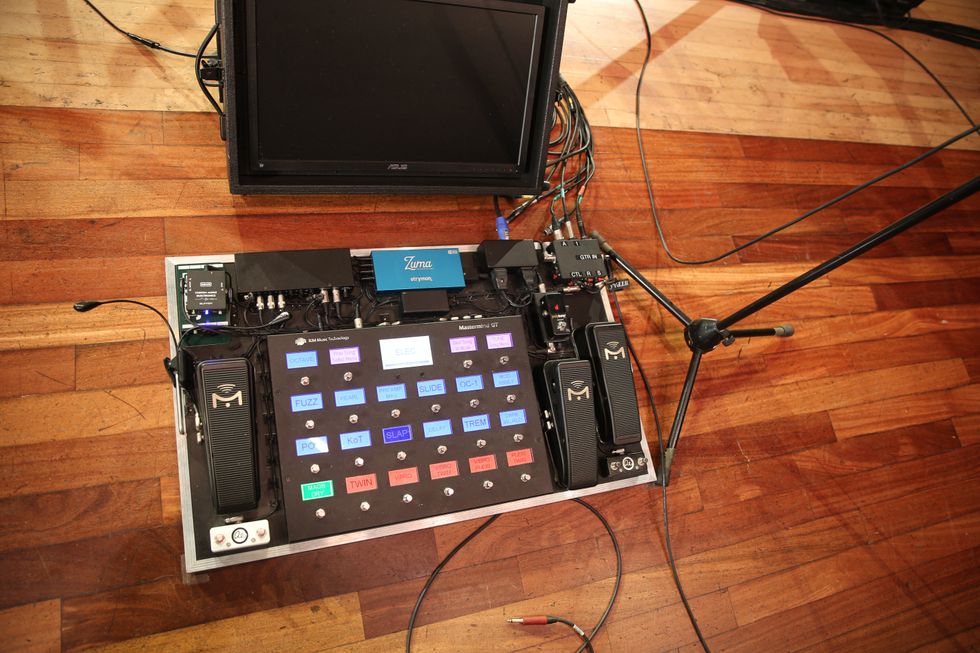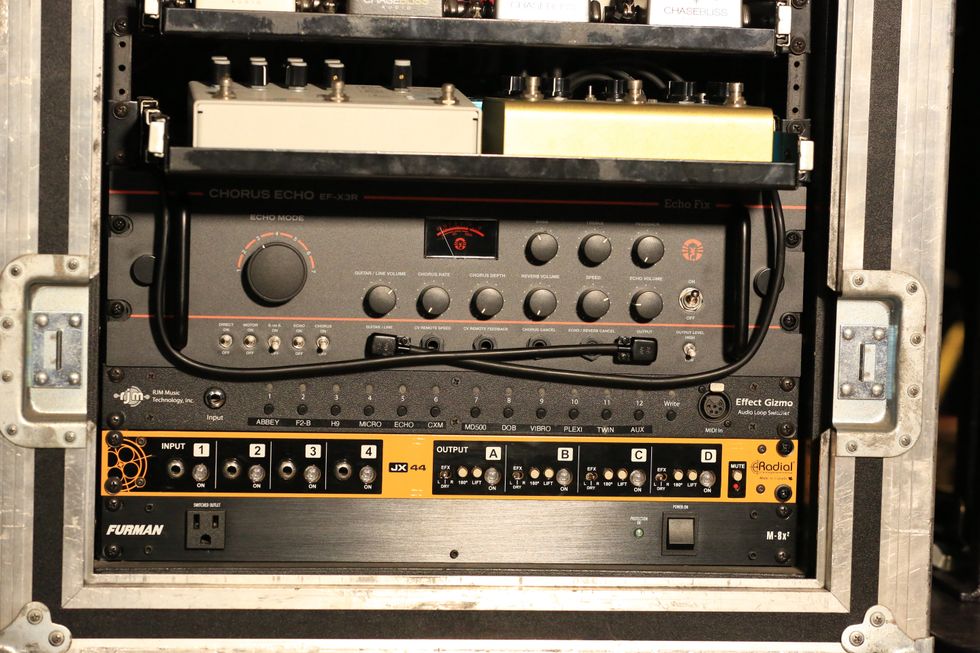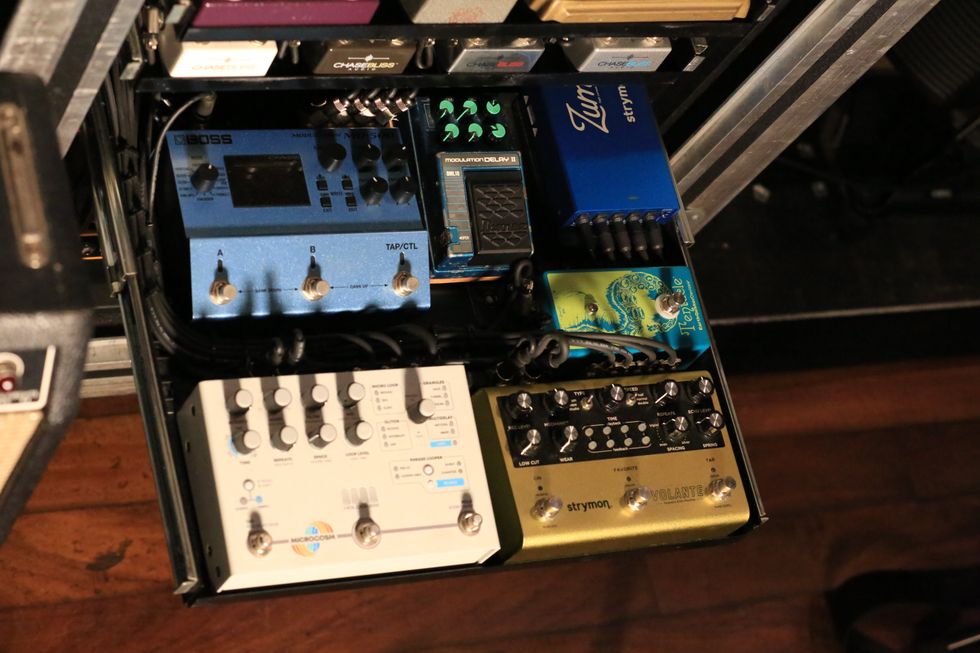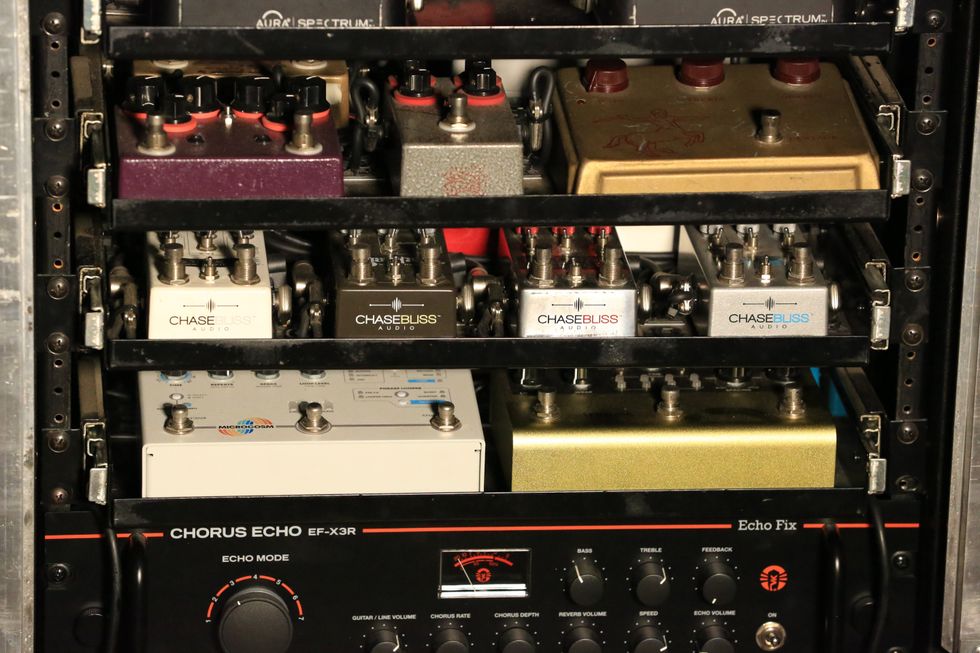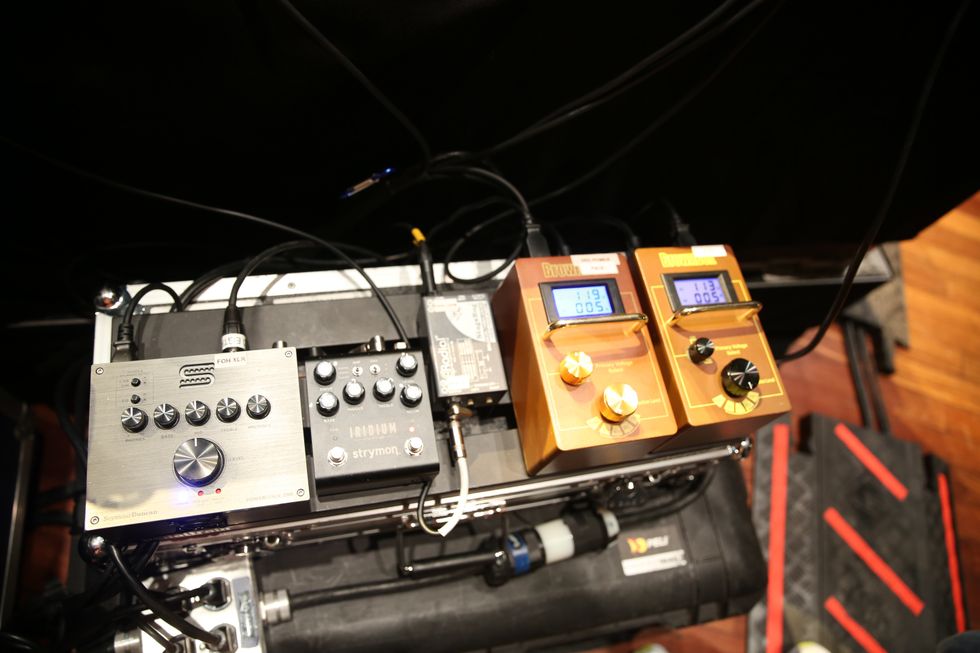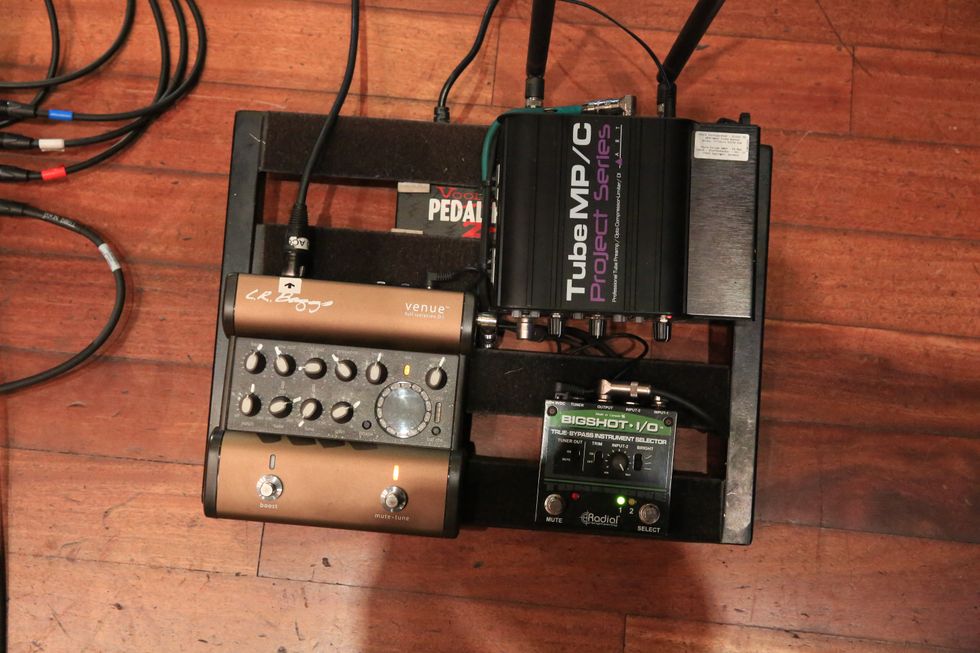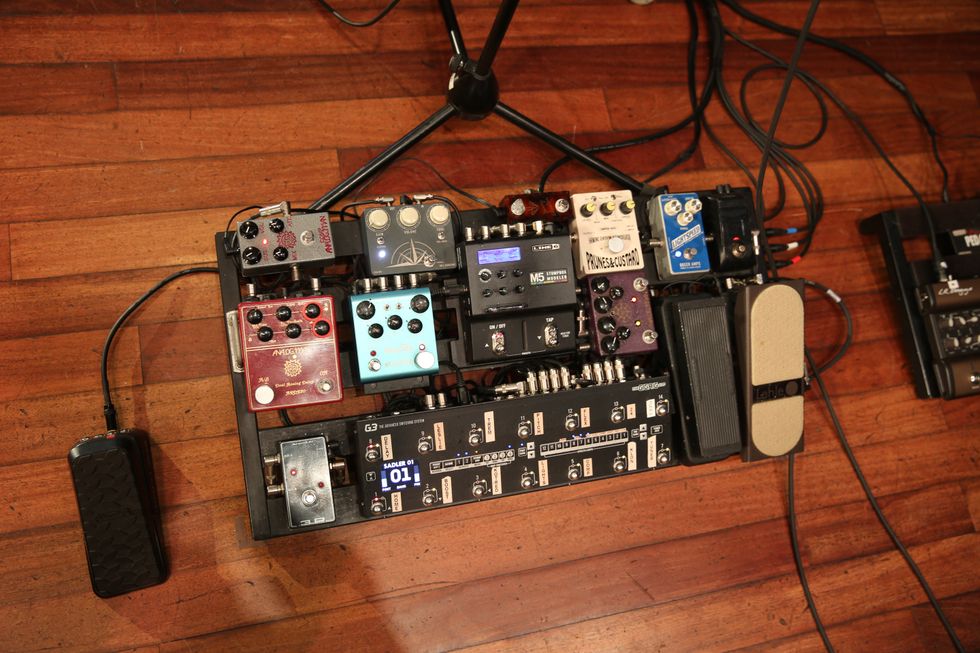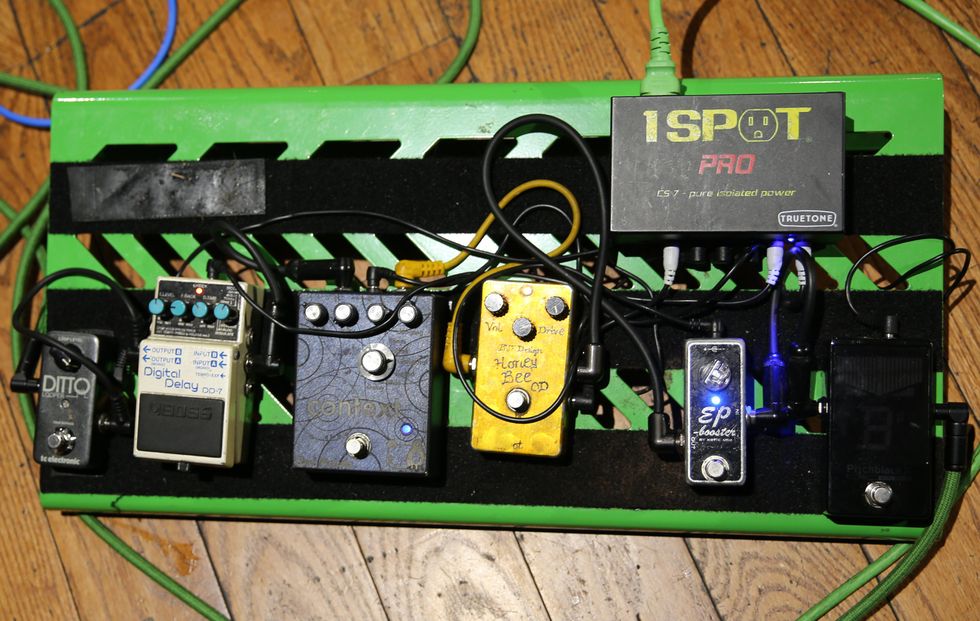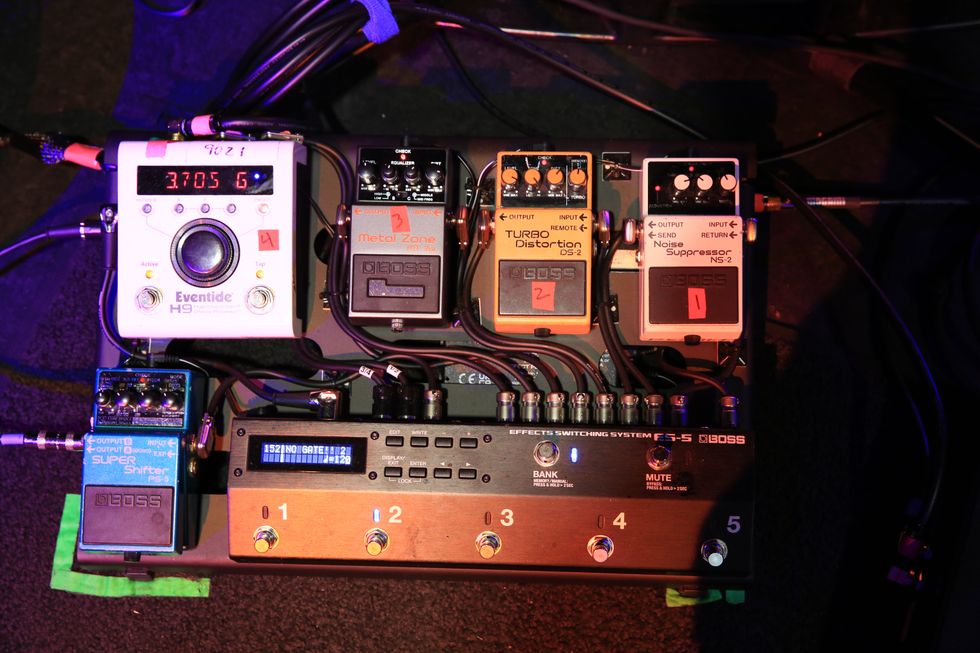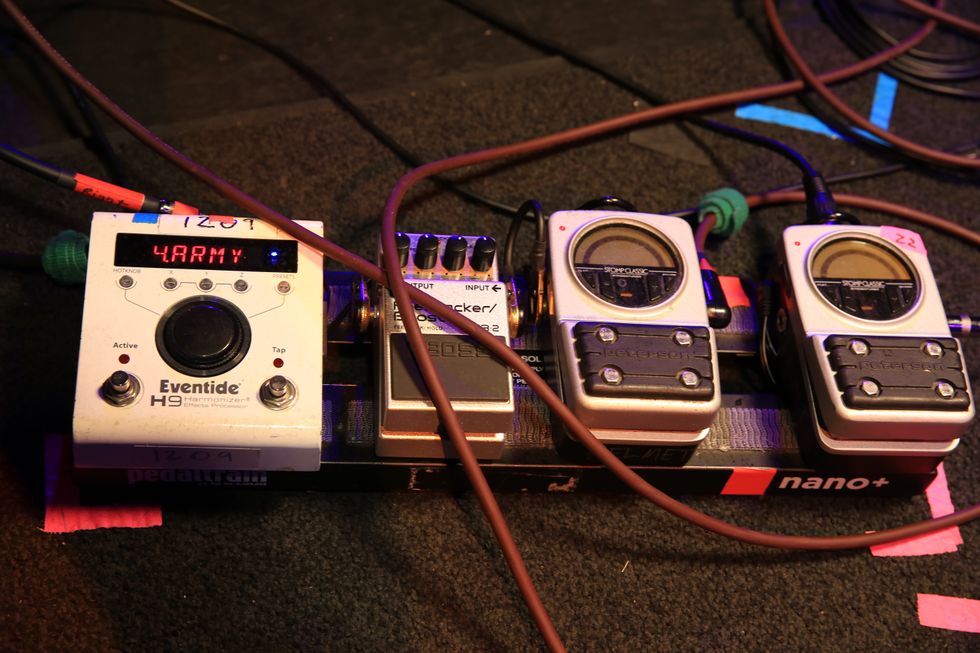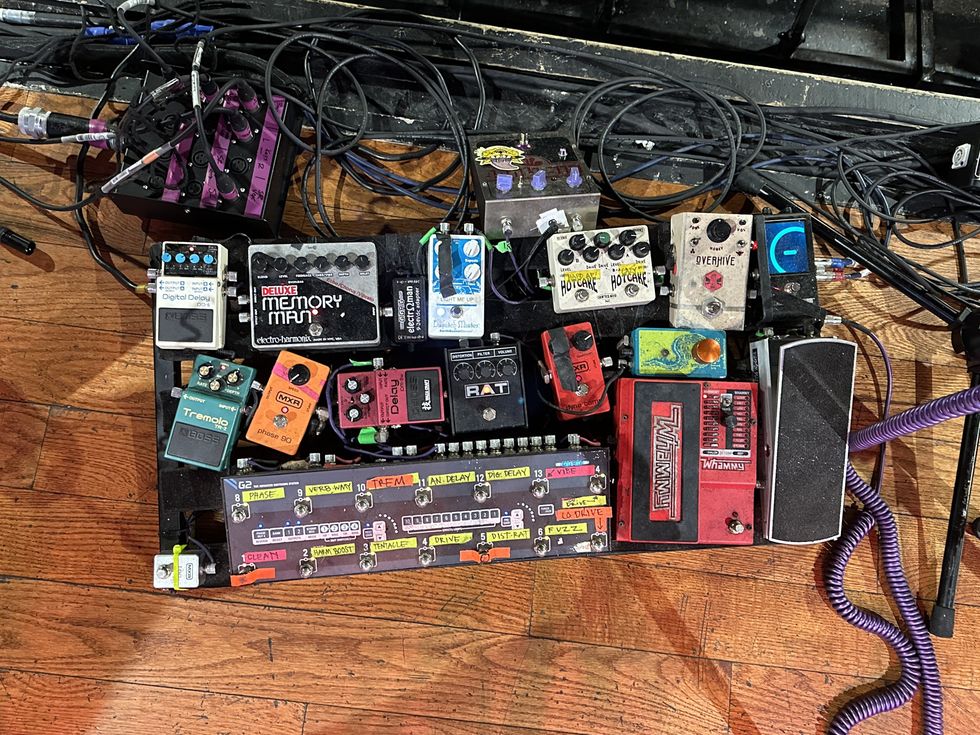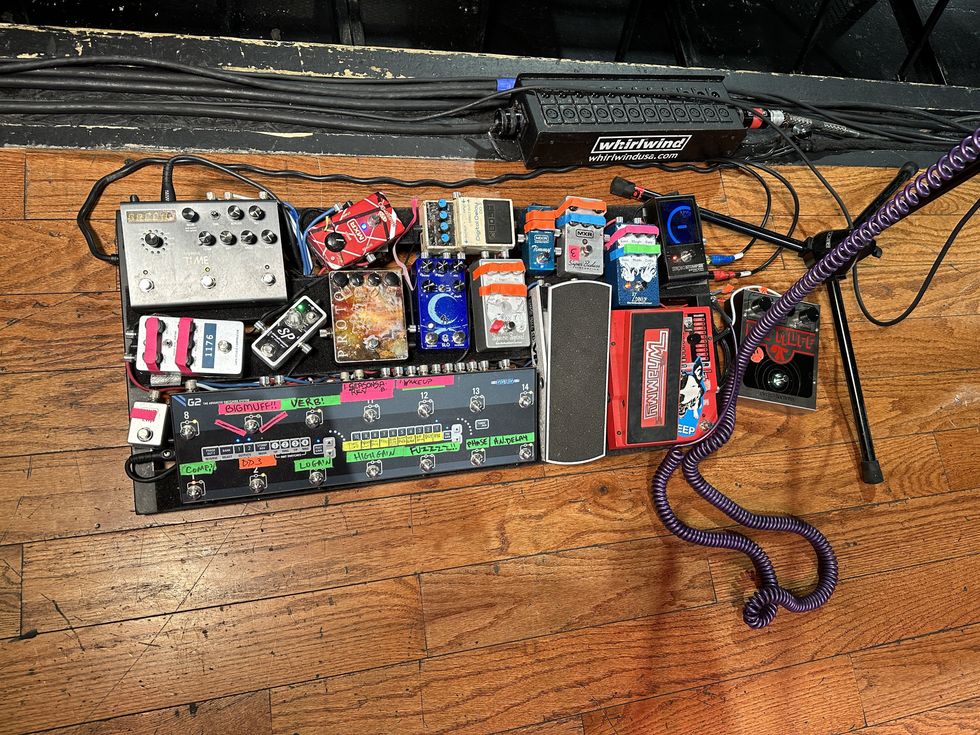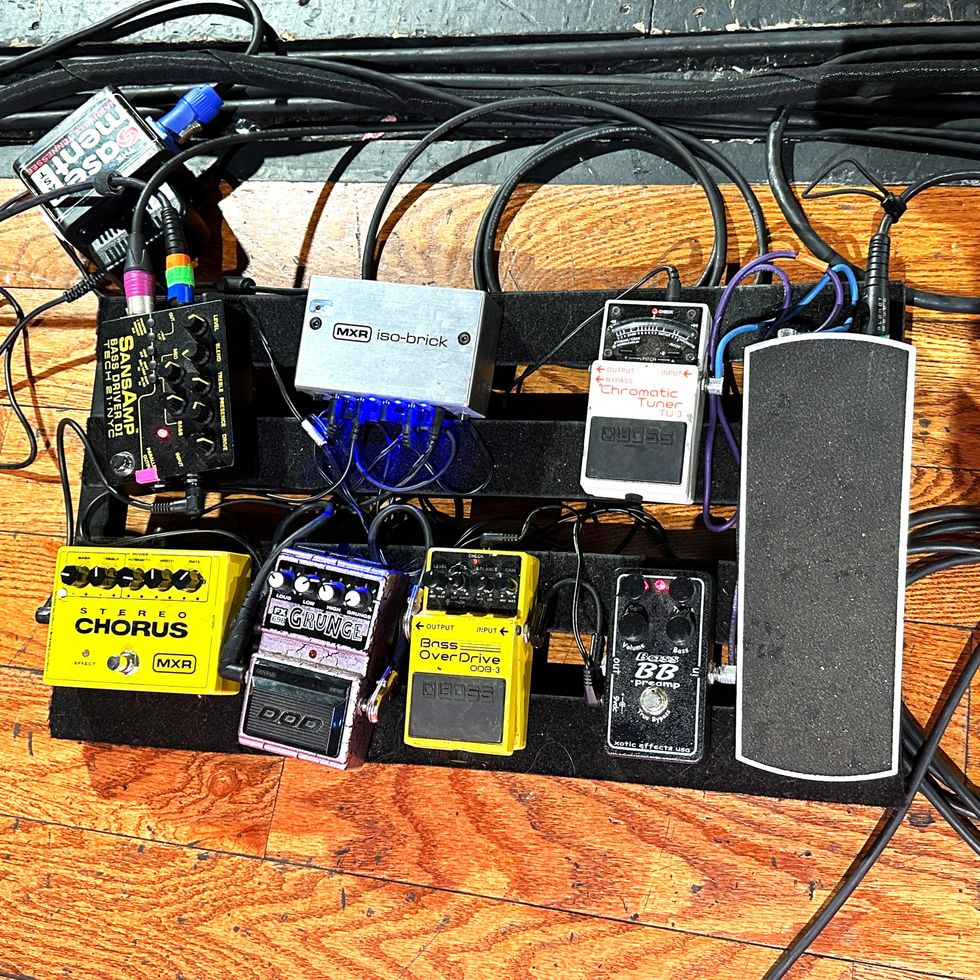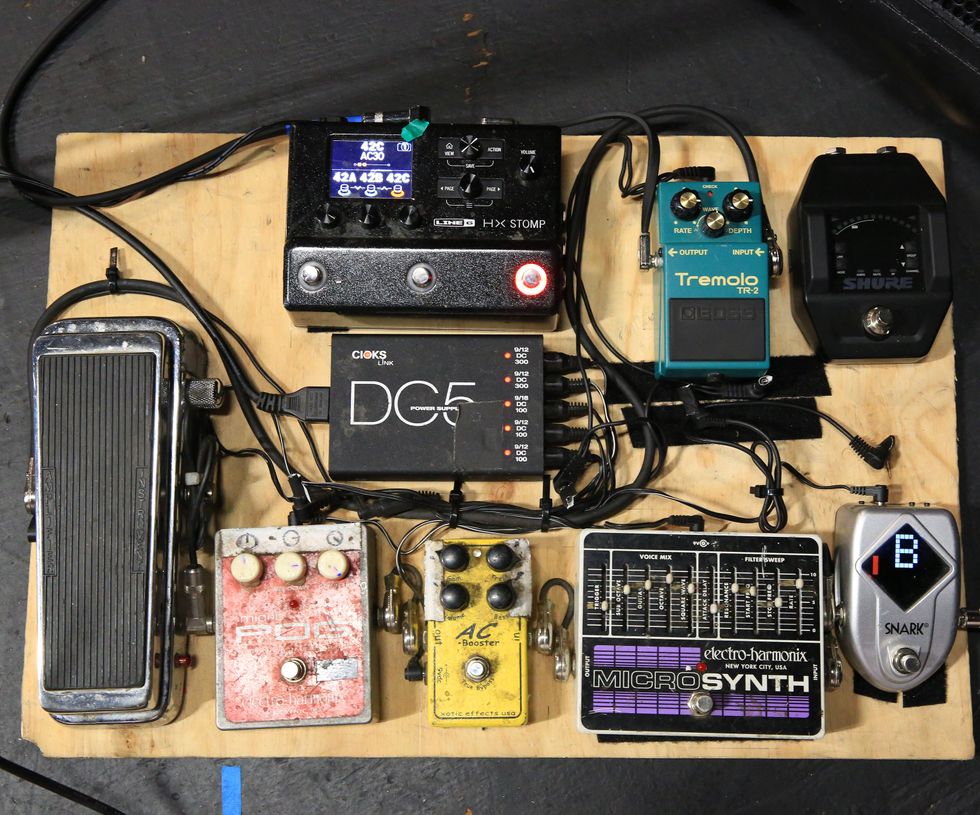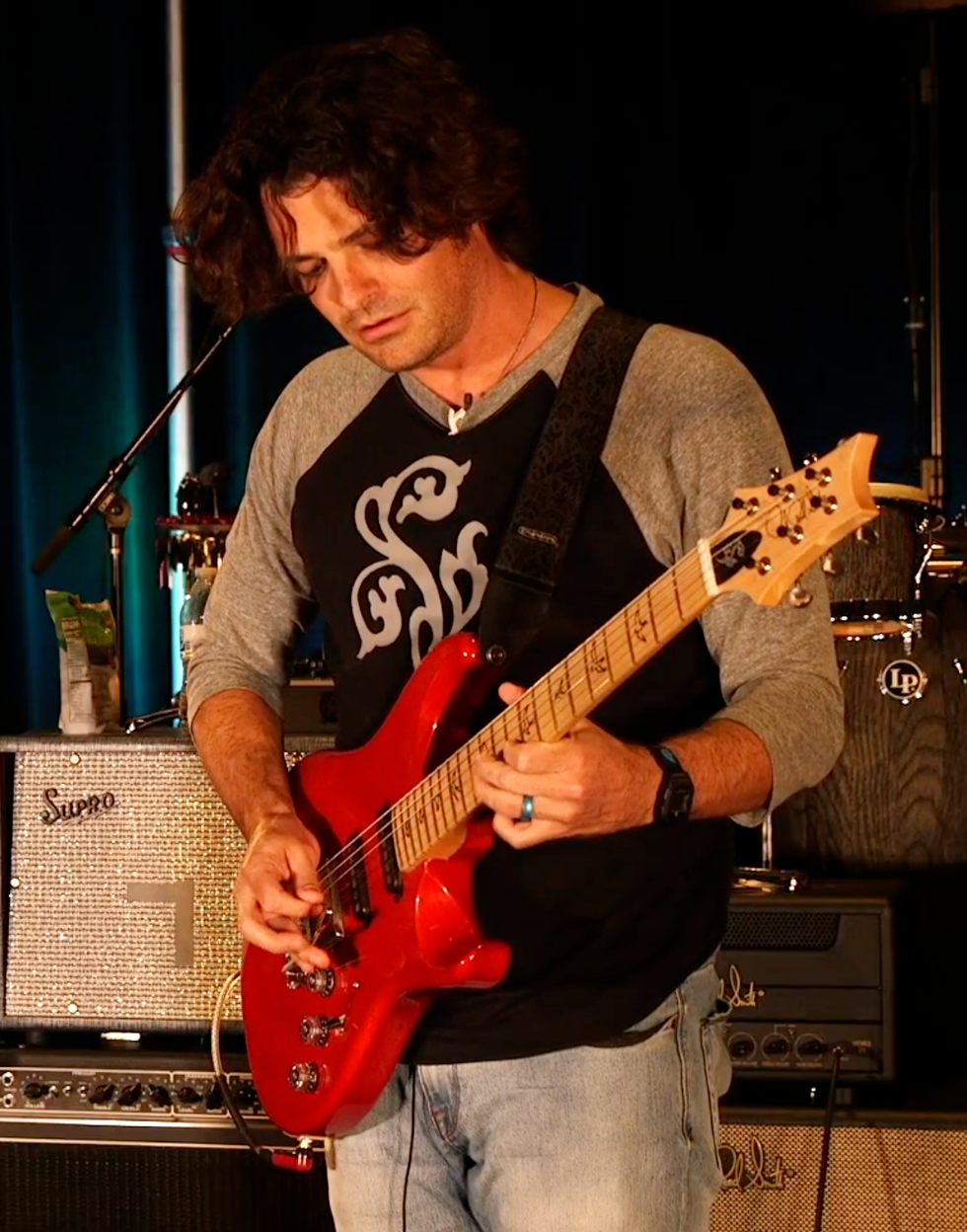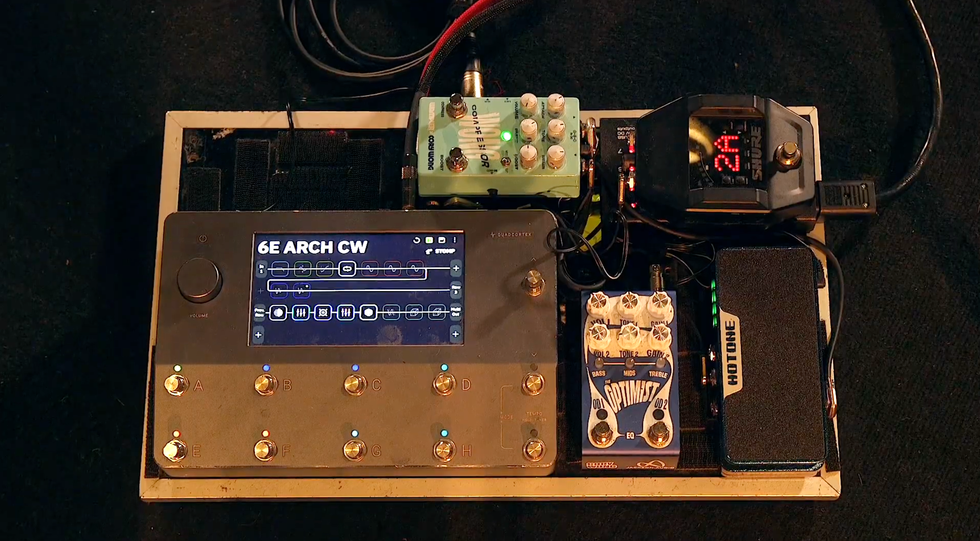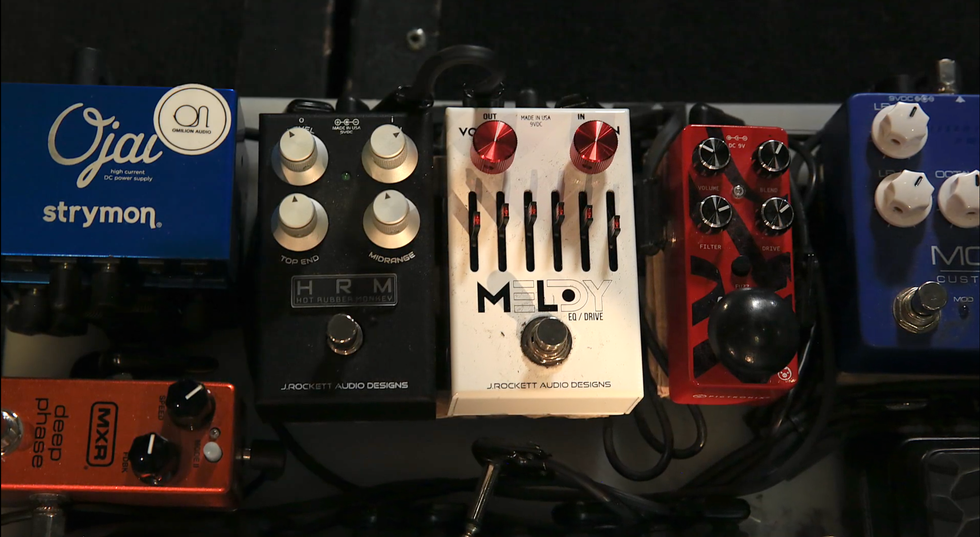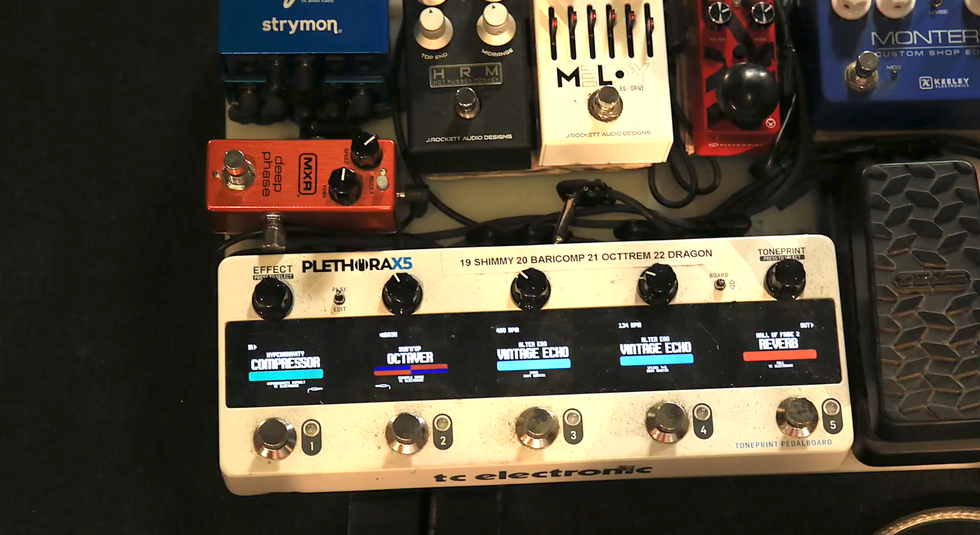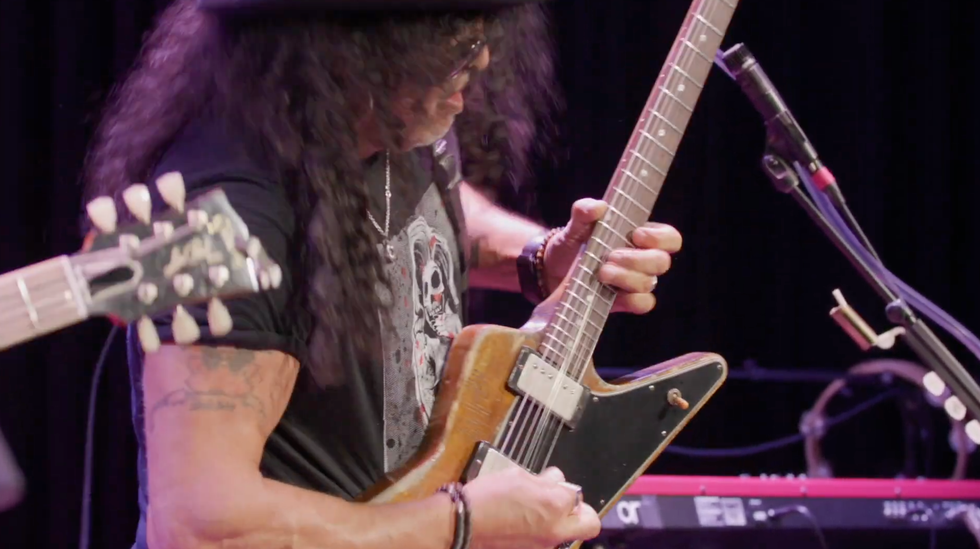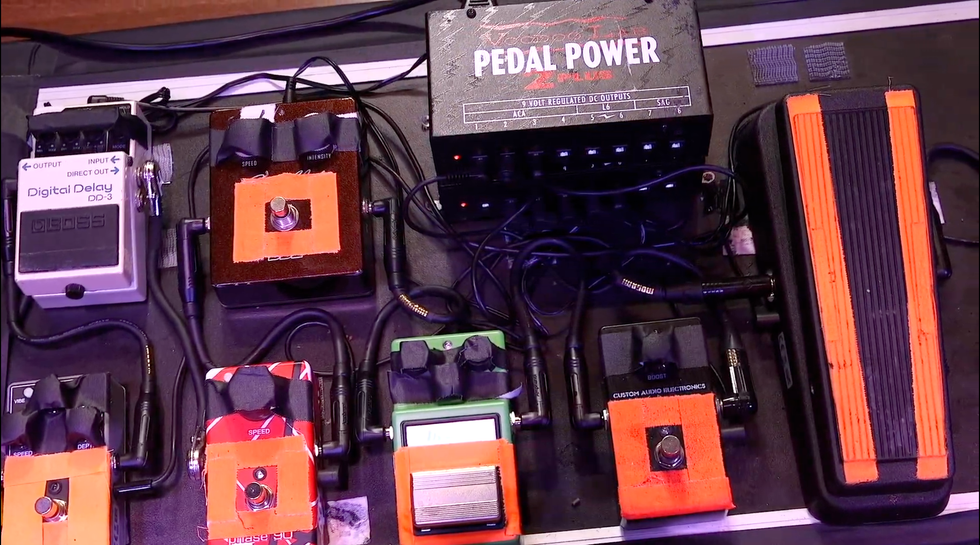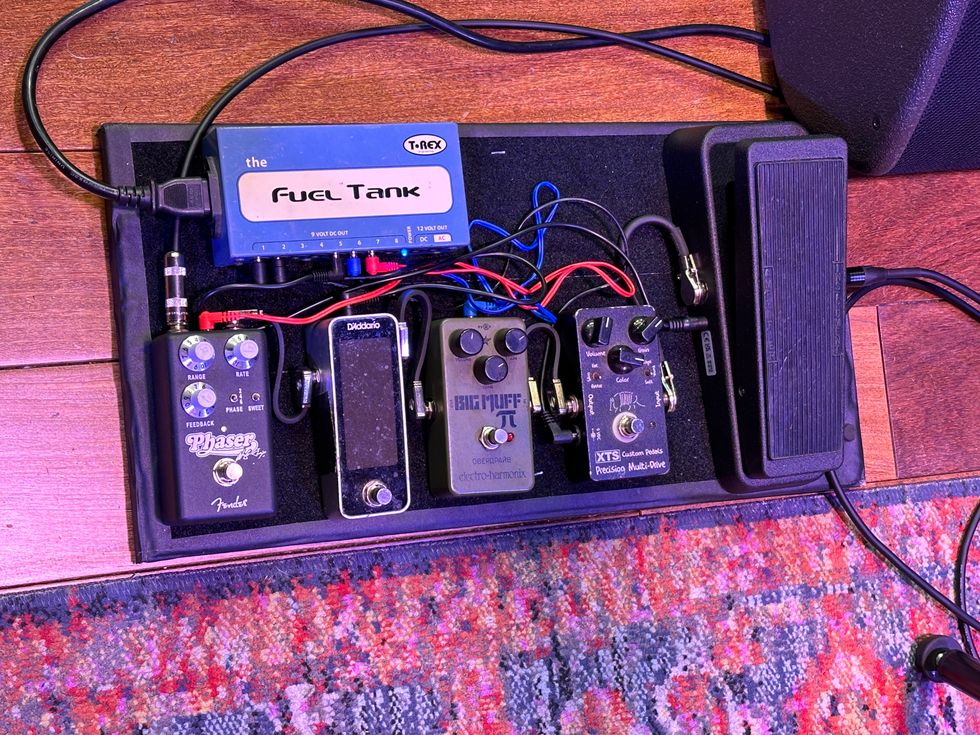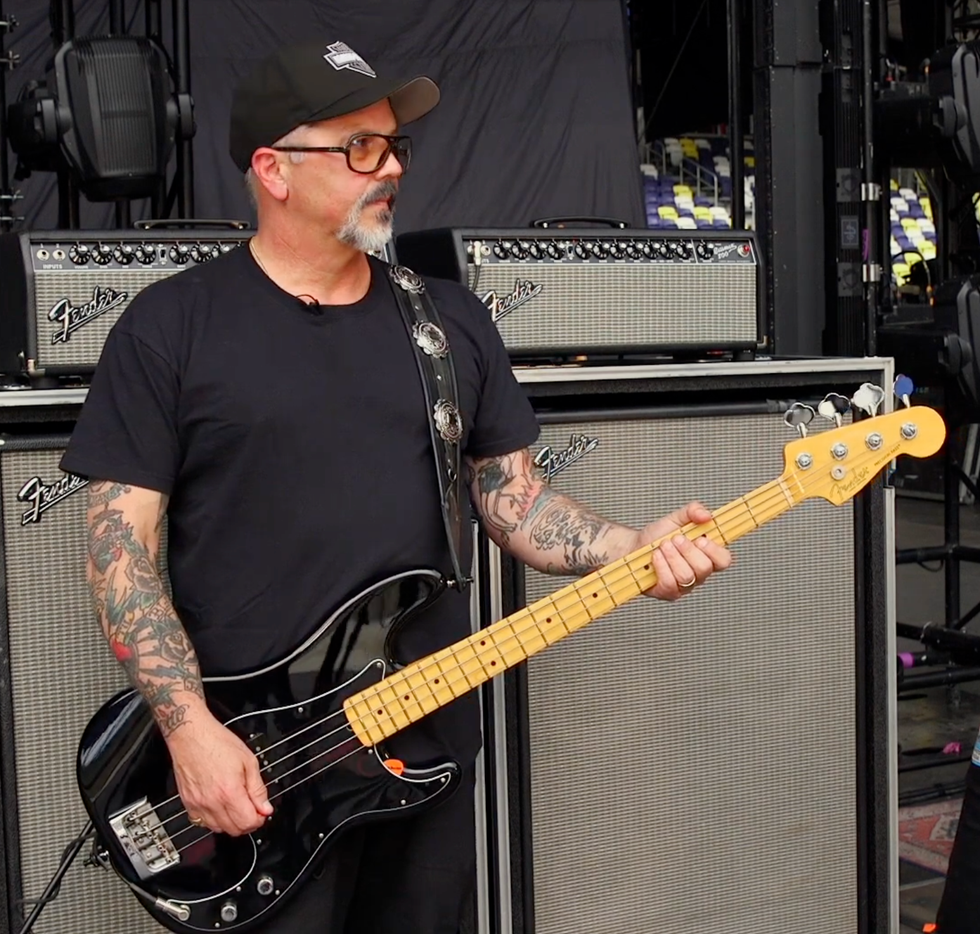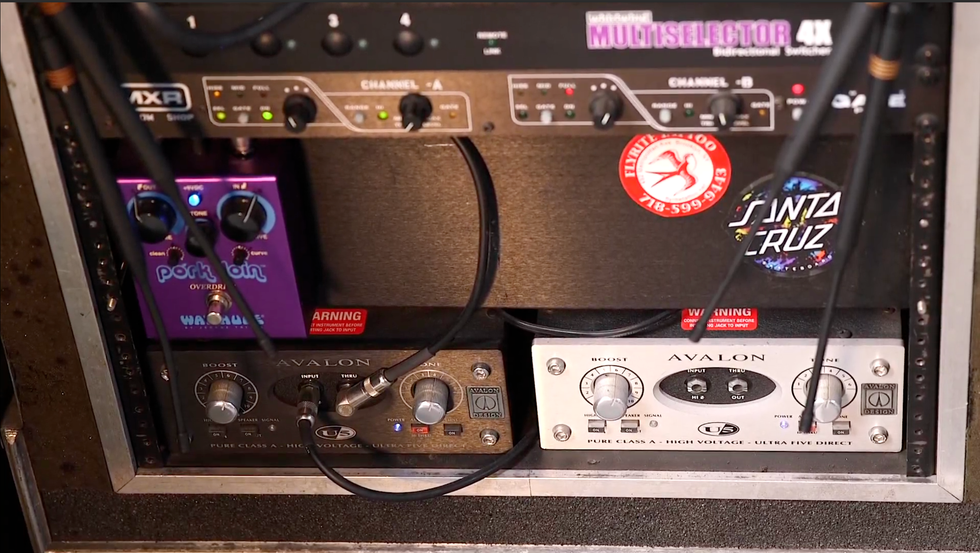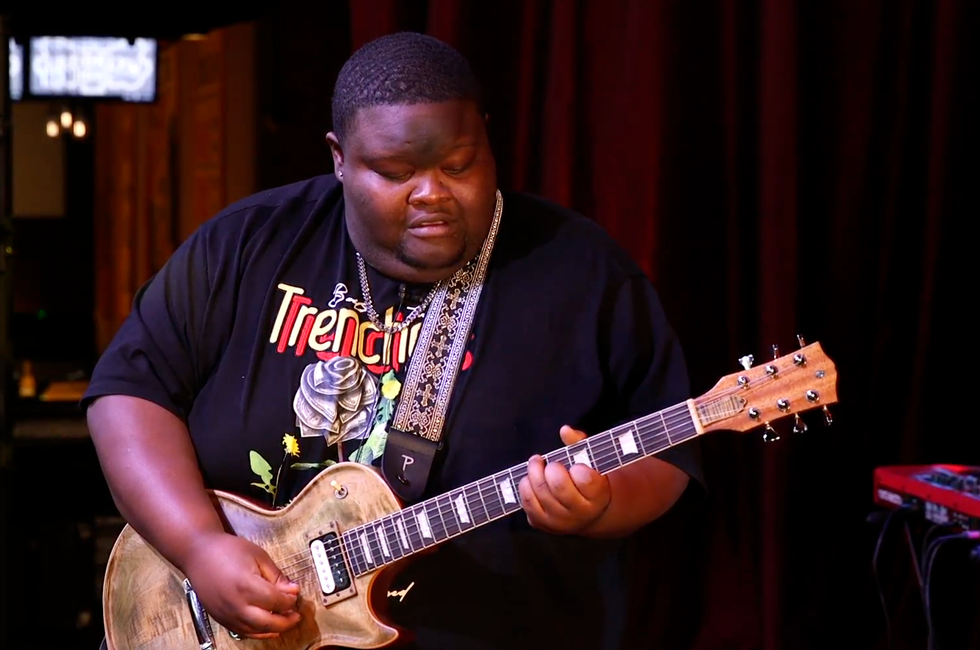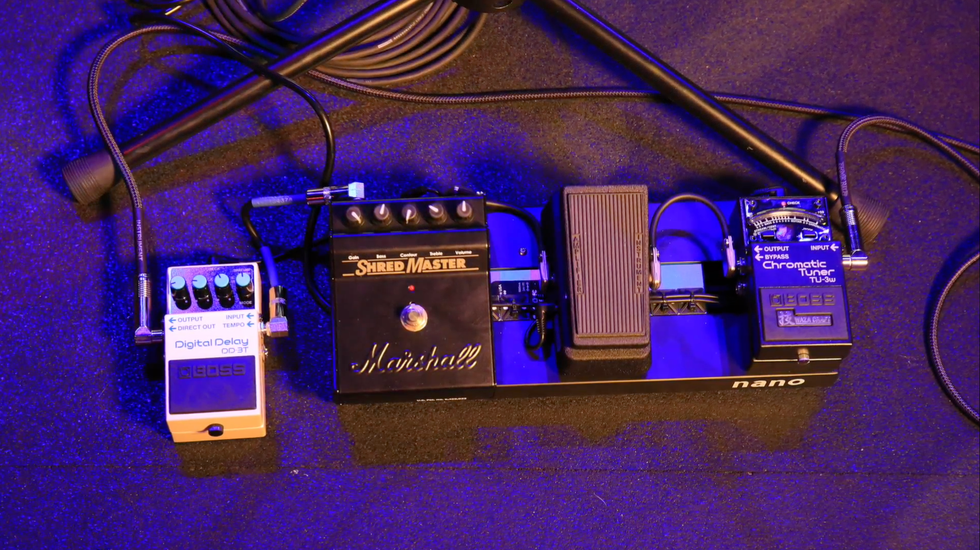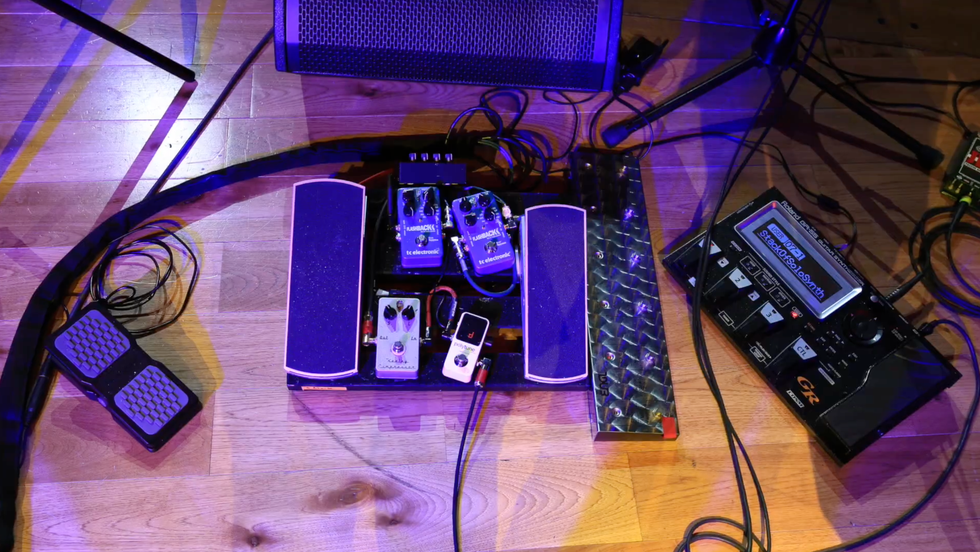Chicago, IL (October 11, 2017) -- Chicago Music Exchange (CME) has proudly expanded its line of exclusive Fender instruments for 2017 with the introduction of five new models. Available only at CME, these guitars feature a selection of Fender finishes and special features developed collaboratively between Fender product specialists and CME’s expert staff. In an effort to meet consumer demands and cater to the latest gear trends, many also hone in on the recent surge of interest in offset guitars—with a CME twist, of course.
“With our offset exclusives, we've tried to blend historical specs with some unique touches,” said Director of New Product Dan Bordonaro.
Along with the American Professional Offset Telecaster in Walnut released in early 2017, a number of other exclusive models have joined the CME family throughout the year, including an American Professional Jazzmaster in White Blonde, two American Special Telecasters in Surf Green or Black, and an Offset Series Mustang in Faded Mocha.
The American Professional Offset Telecaster in Walnut finish blends early offset designs with the mods of the early ’90s, boasting a 3-ply black pickguard, "Deep C" neck profile, Tim Shaw-designed "V-Mod" single-coil pickups, narrow tall frets for easier bending, and this year’s redeveloped Tele bridge with compensated brass saddles. “Our Walnut Offset Tele takes everyone’s favorite Fender Frankenstein and covers it with early ‘70s aesthetics,” Bordonaro said.
Taking all of the iconic tone and feel of a Tele, mashed into the vintage stylings of an offset, these instruments are some of the most unique to roll off the assembly line, and have been a go-to among offset enthusiasts seeking a more eccentric addition to their arsenal.
The new Fender American Pro Jazzmaster in White Blonde lives up to the legend of Fender’s most popular offset guitar at a price point anyone can enjoy. Featuring a tortoiseshell pickguard, American Vintage ‘65 Jazzmaster pickups, a bone nut and classic “witch hat” knobs, this guitar exudes vintage vibe with the added benefit of modern upgrades. The transparent White Blonde finish allows the gorgeous ash body to shine through—creating a unique looking Jazzmaster that is simply hard to put down.
“When designing the exclusive American Professional Jazzmaster, we wanted to bring back some of the more traditional features of a JM,” said Gear Specialist Shelby Pollard, an offset expert who championed the design of the guitar alongside Fender product specialists. “The ash body is a nod back to the original 1958 design, and the American Vintage '65 pickups add that classic Jazzmaster sparkle!”
The CME-exclusive American Special Telecaster puts U.S-made Fender quality into the hands of players at any level. The pairing brings together polar opposite eras in Tele aesthetics—an early ’70s Black with blackguard and maple board; the other its antithesis, an early ’60s-inspired Surf Green with 3-ply mint guard. Each model features a maple neck and fingerboard with 22 jumbo frets, dual Texas Special single-coil Telecaster pickups, three-way pickup switch Greasebucket tone circuit,, and vintage-style string-through-body Telecaster bridge with three brass saddles.
Rounding out the latest batch of exclusives is the Offset Series Mustang in Faded Mocha.
“The inspiration for this CME Exclusive came from an early ’70s Mustang that we had in the shop,” Pollard said. “It had such a great vintage vibe that we wanted to share the Mocha Mustang with the world at an incredible price point.”
Featuring a simplified wiring scheme than, the Offset Series Mustang ditches the individual pickup switches in favor of a three-way selector switch. Another modern upgrade is the six-saddle string-through-body hardtail bridge with bent steel saddles, allowing this stallion to stay in tune for days. This new Mustang sports classic style with modern electronics in an ultra-comfortable short-scale design.
For more information on these products as well as other Chicago Music Exchange exclusive instruments, visit the Chicago Music Exchange website at www.chicagomusicexchange.com or visit the Chicago Music Exchange Facebook page or Instagram account.
For more information:
Chicago Music Exchange
